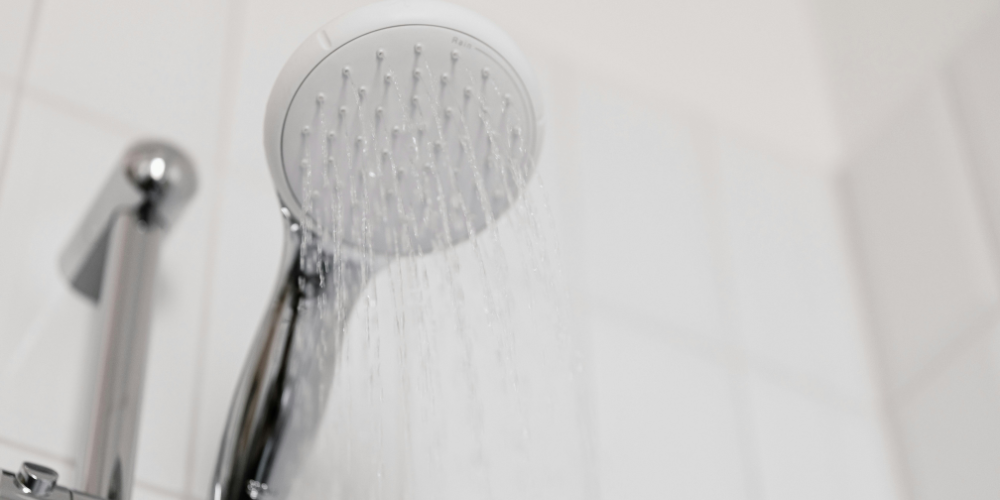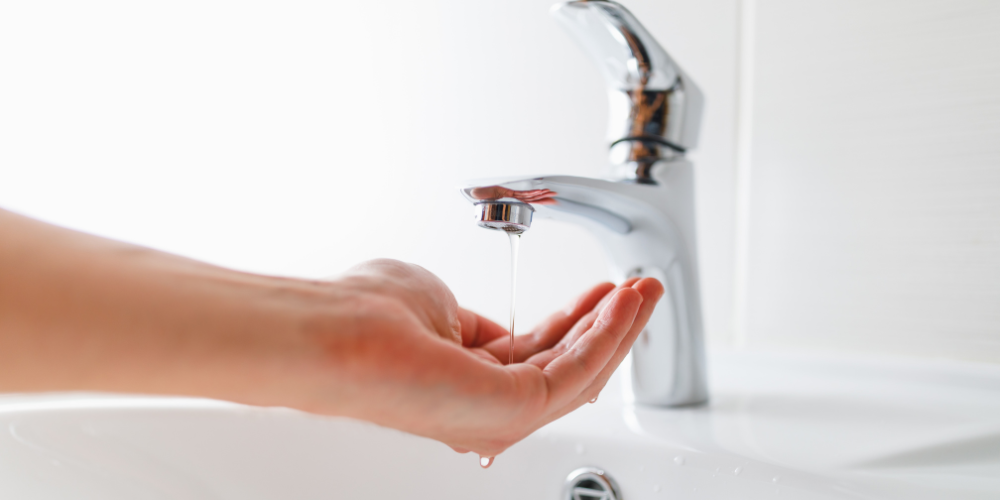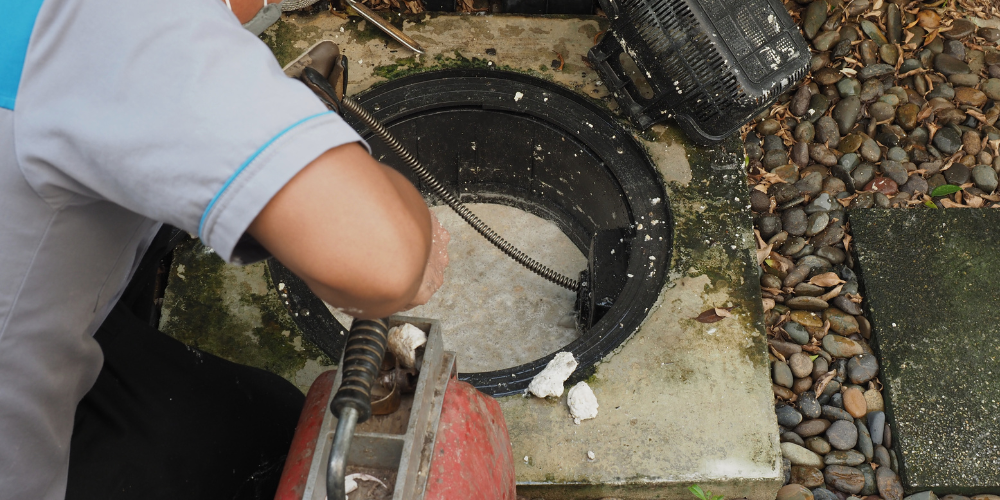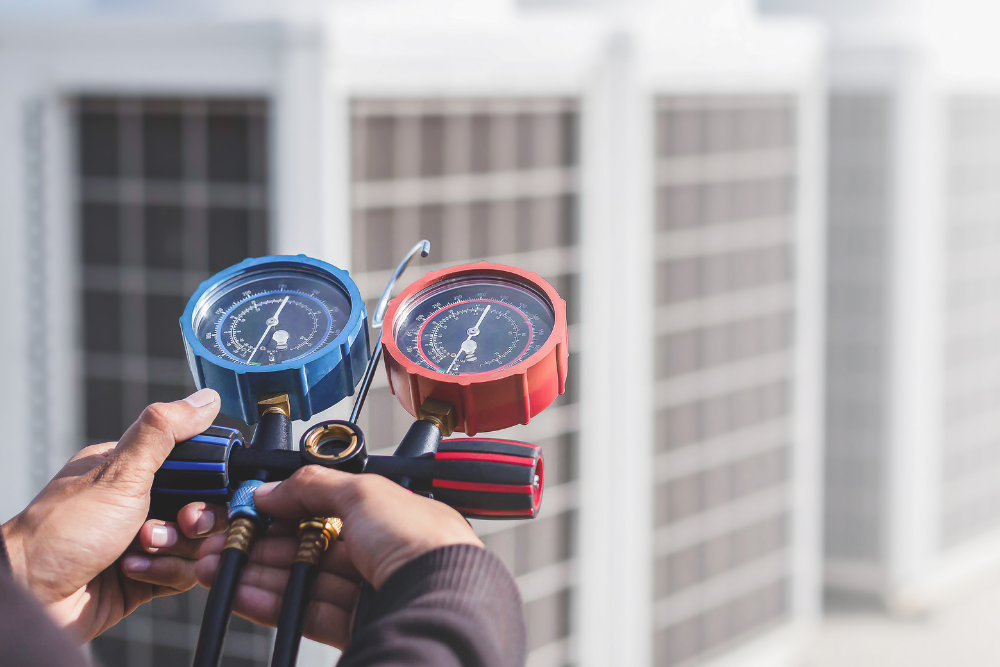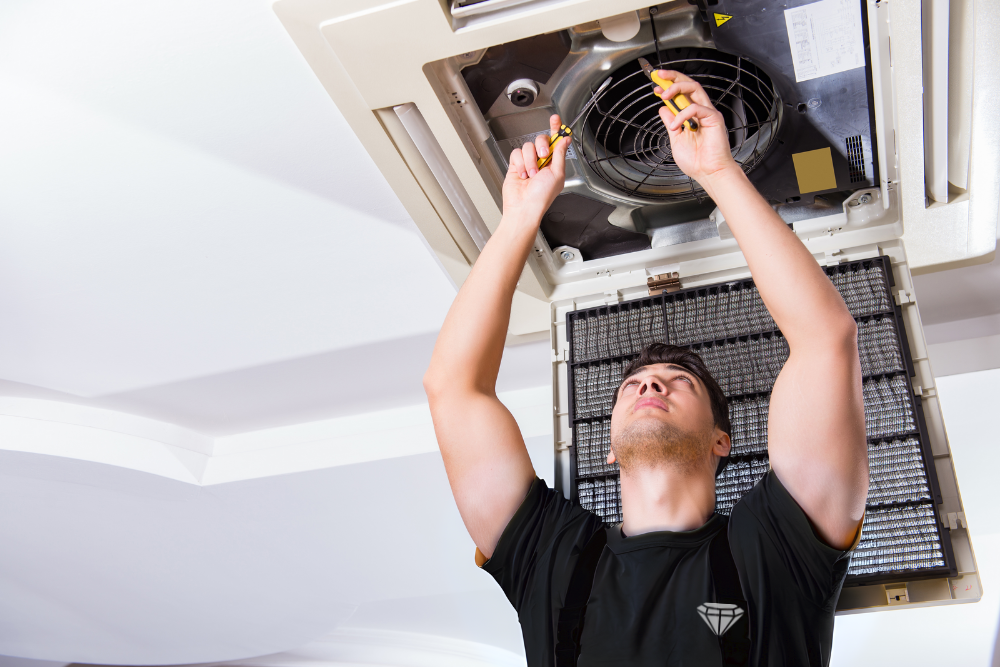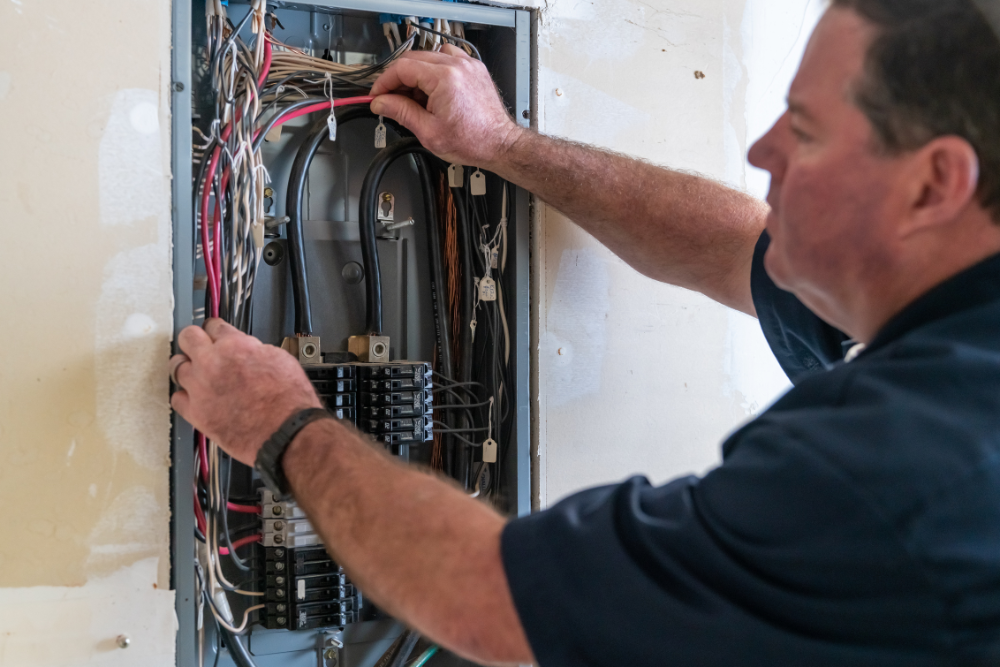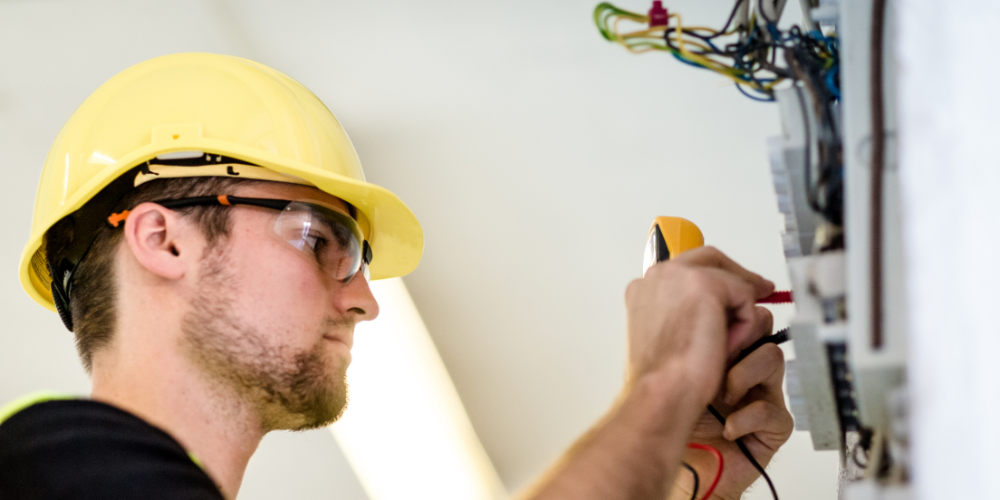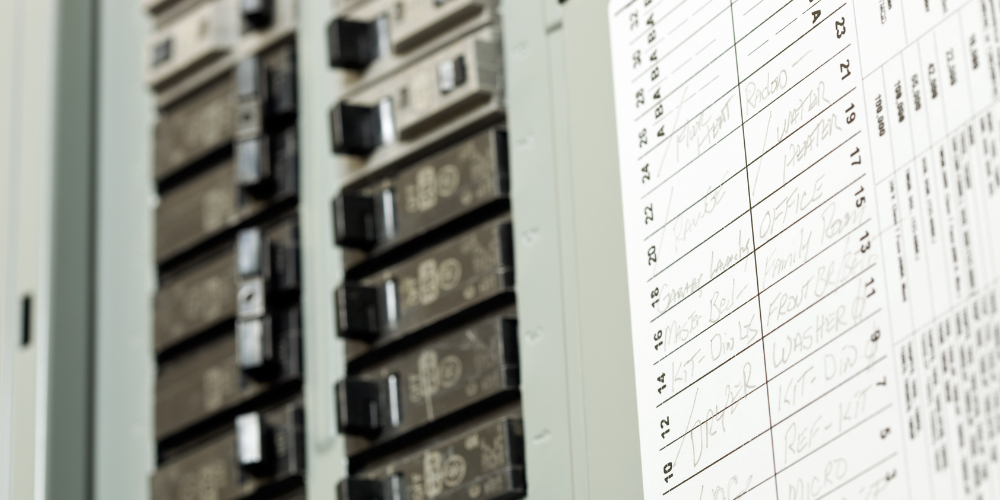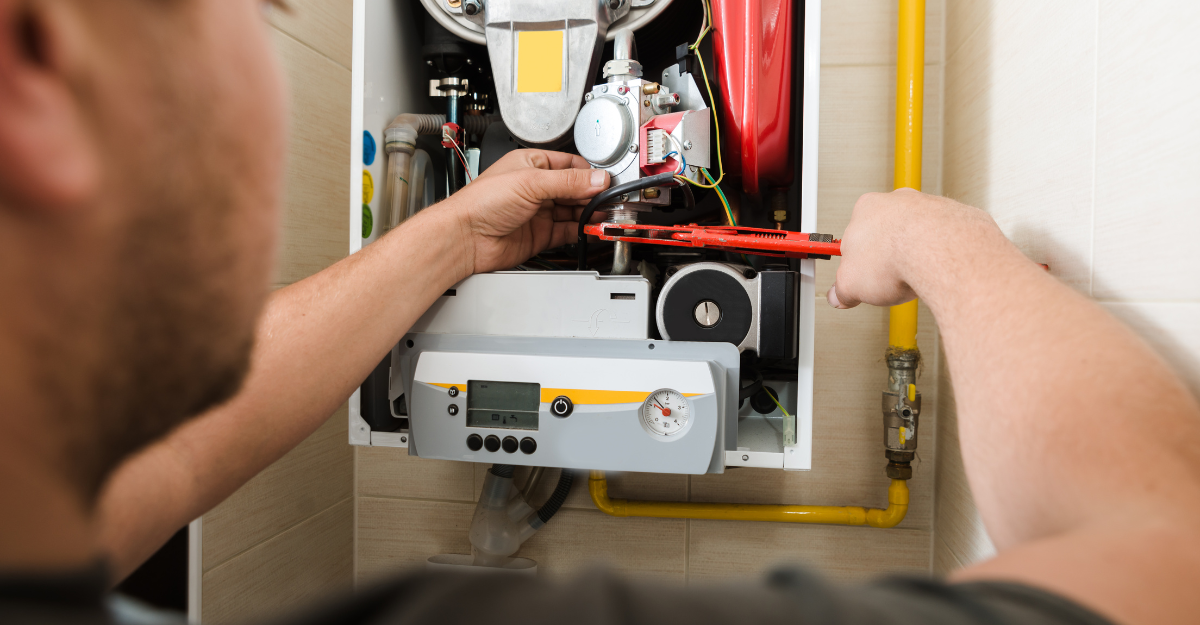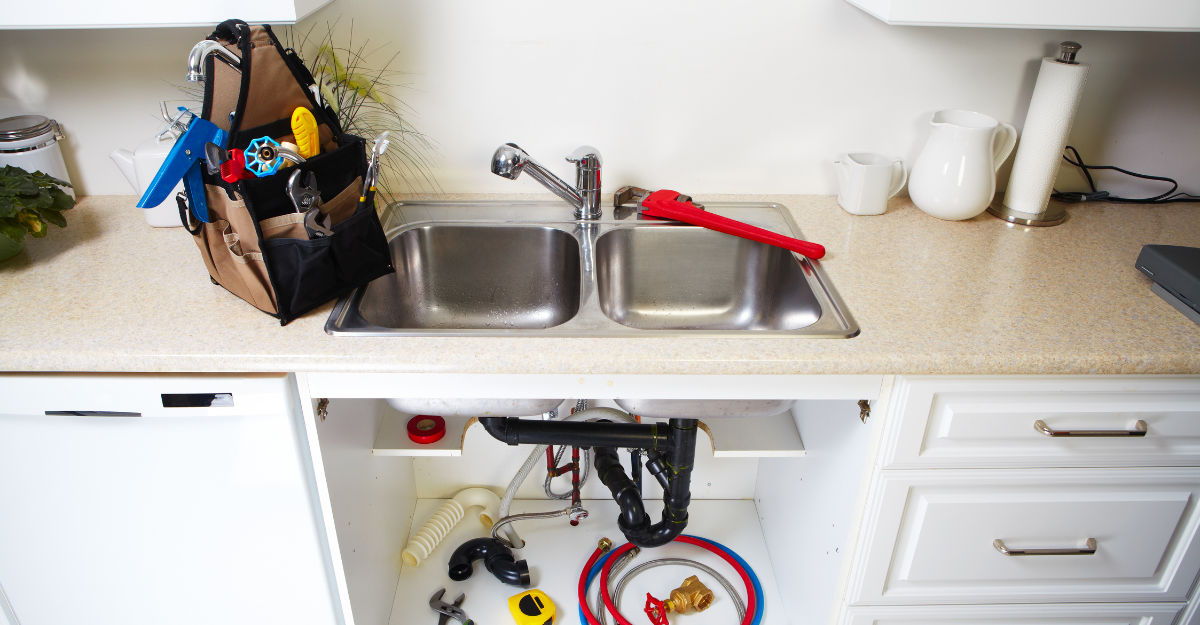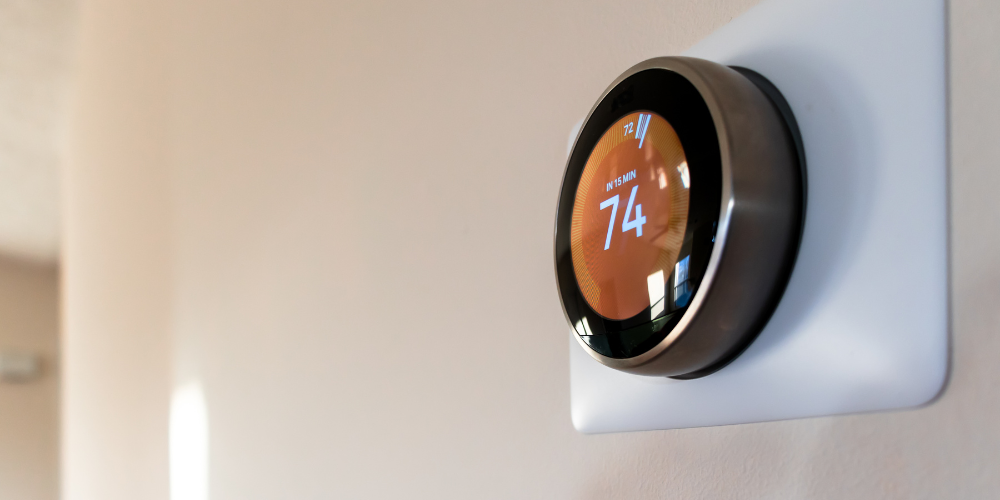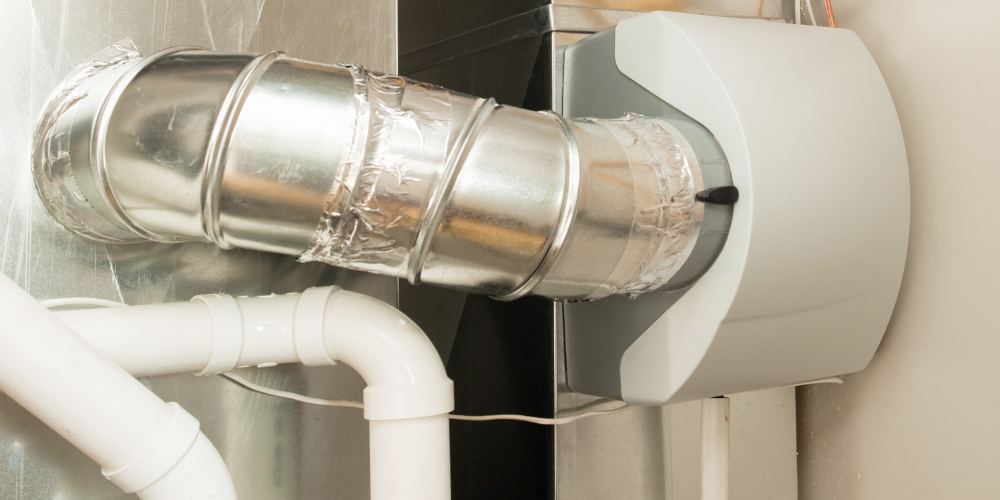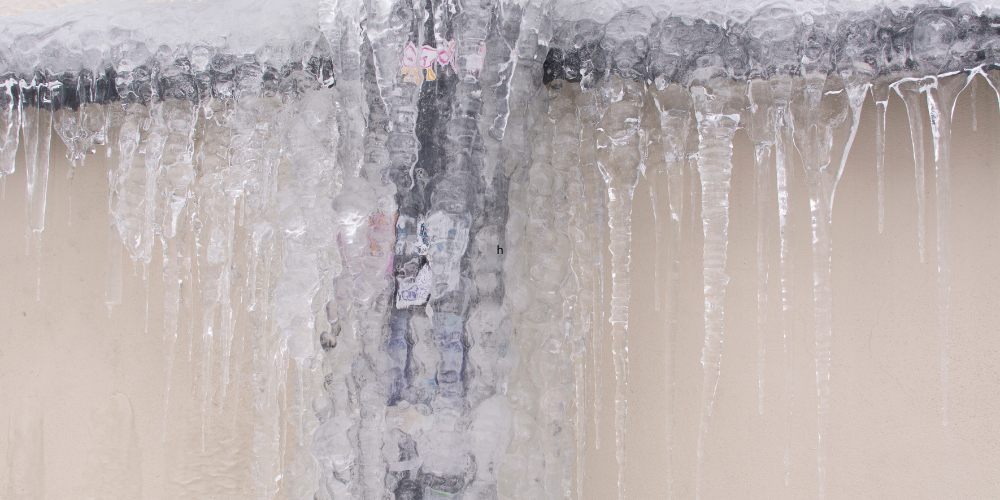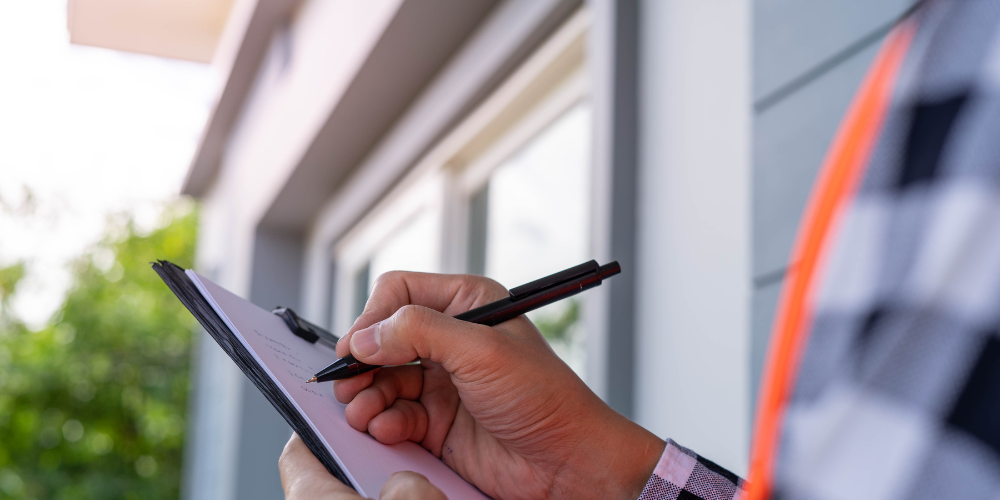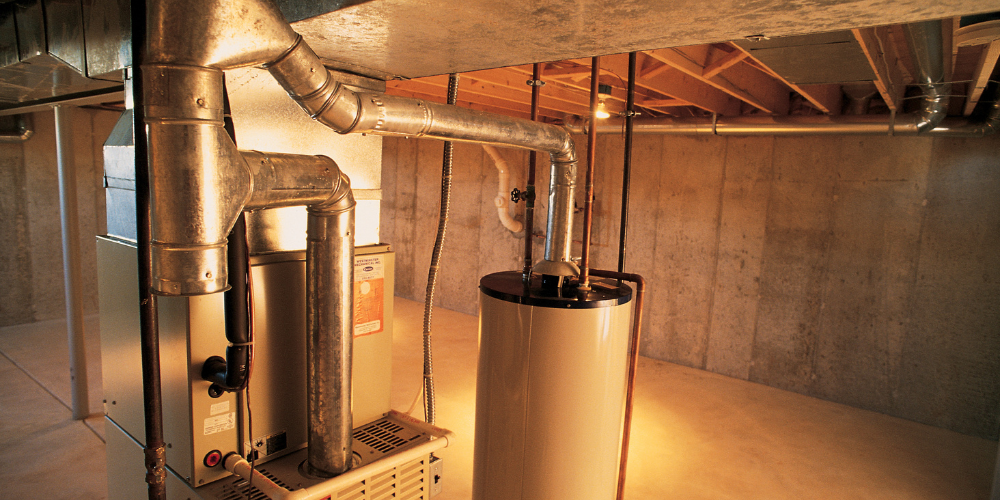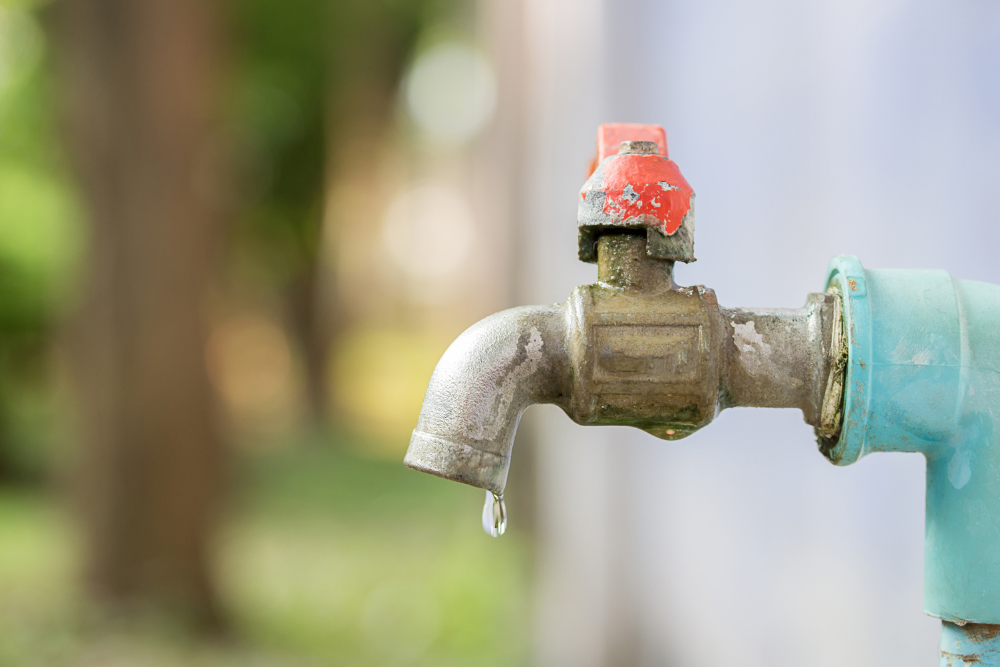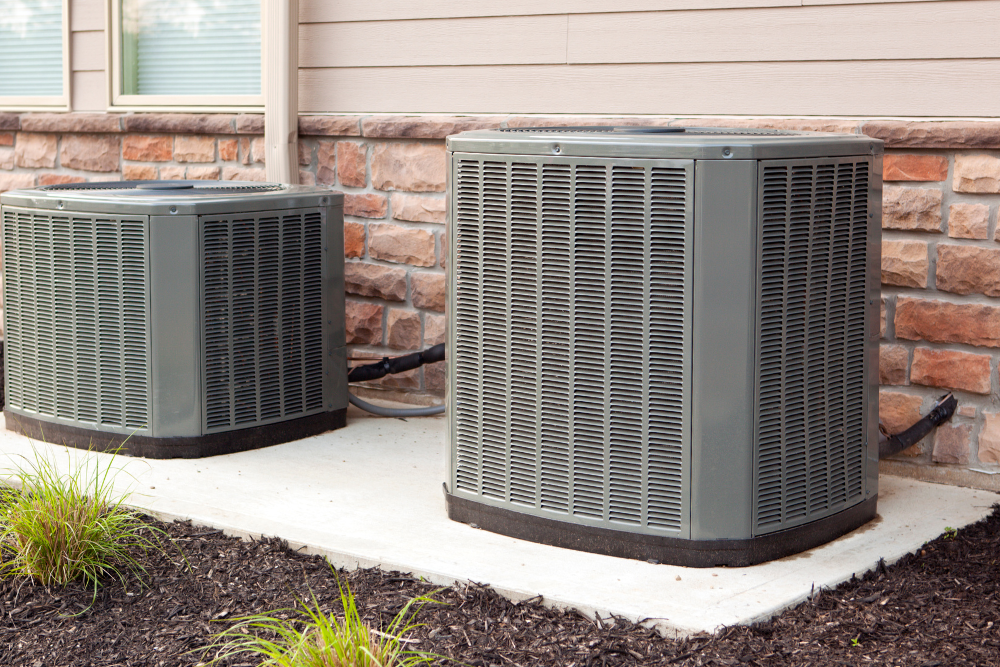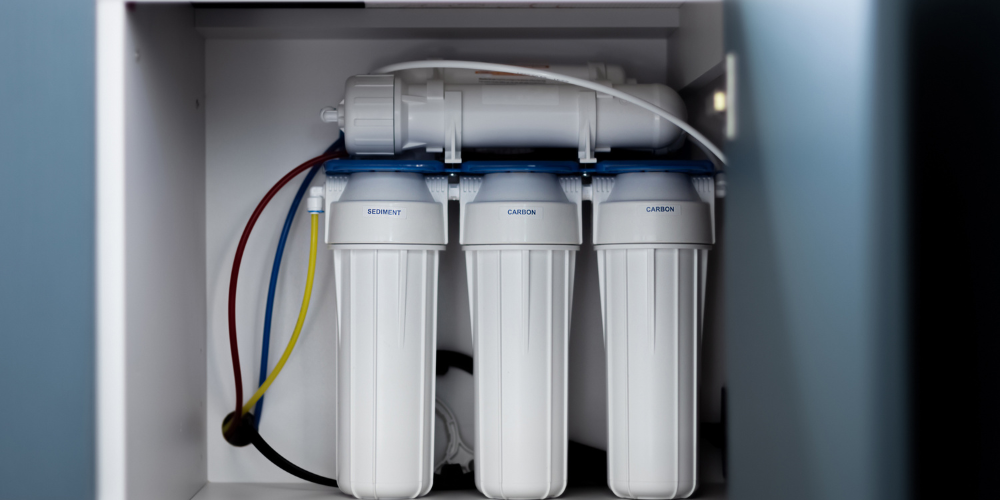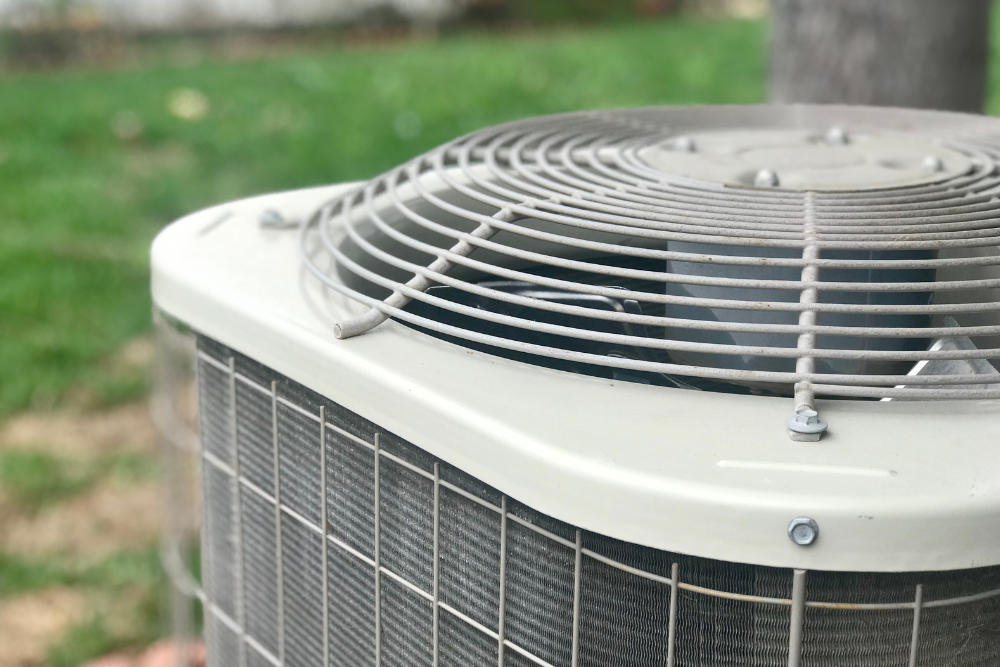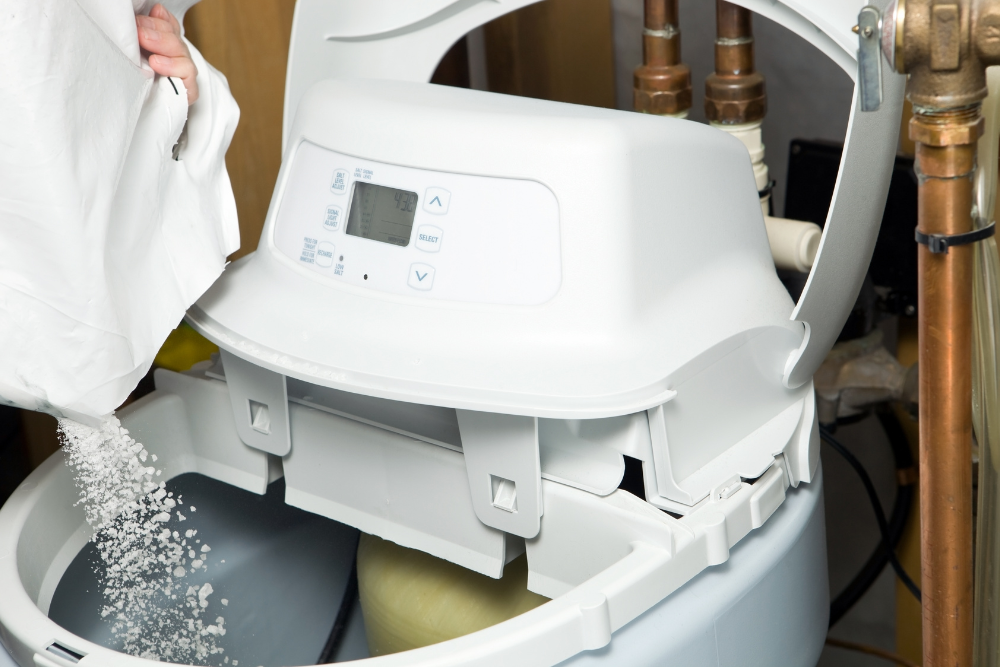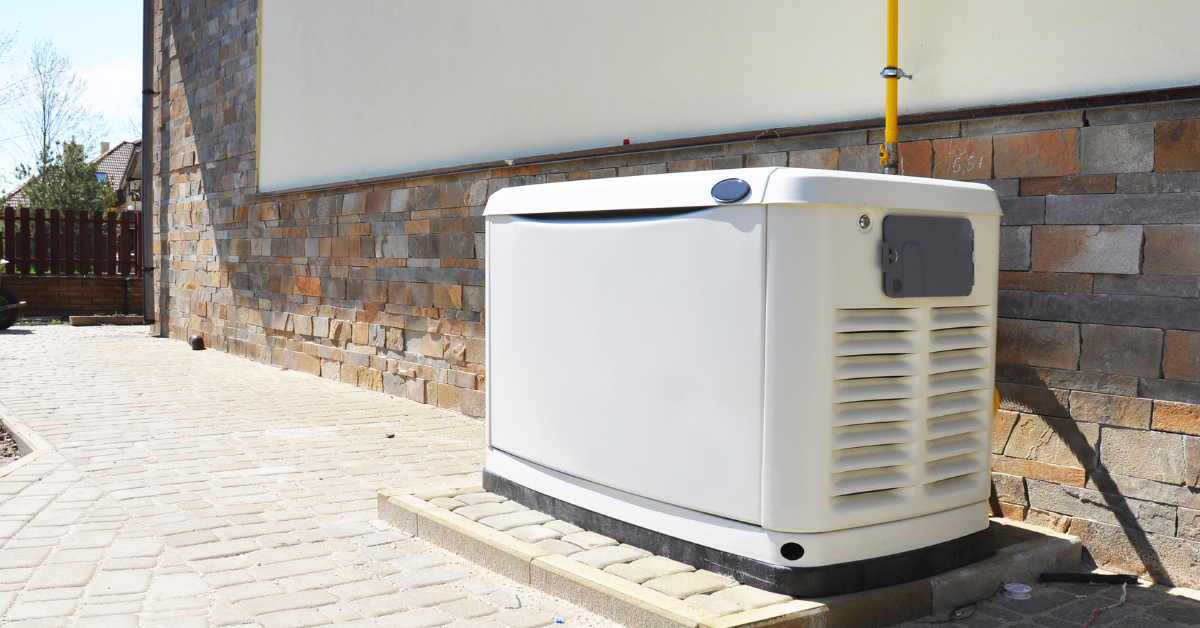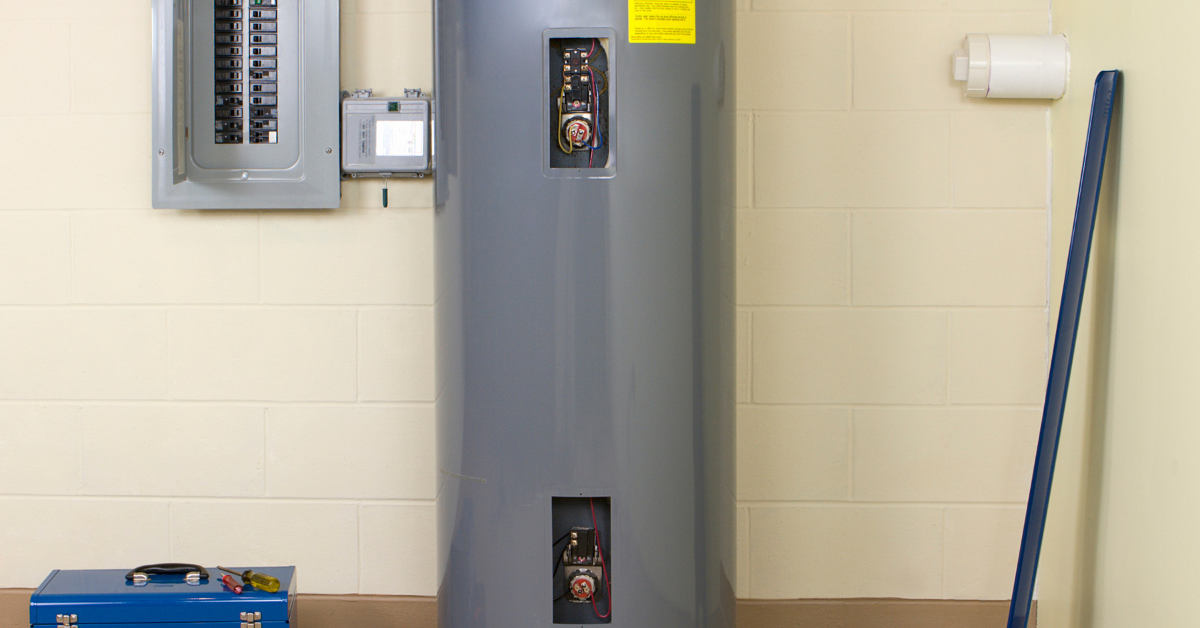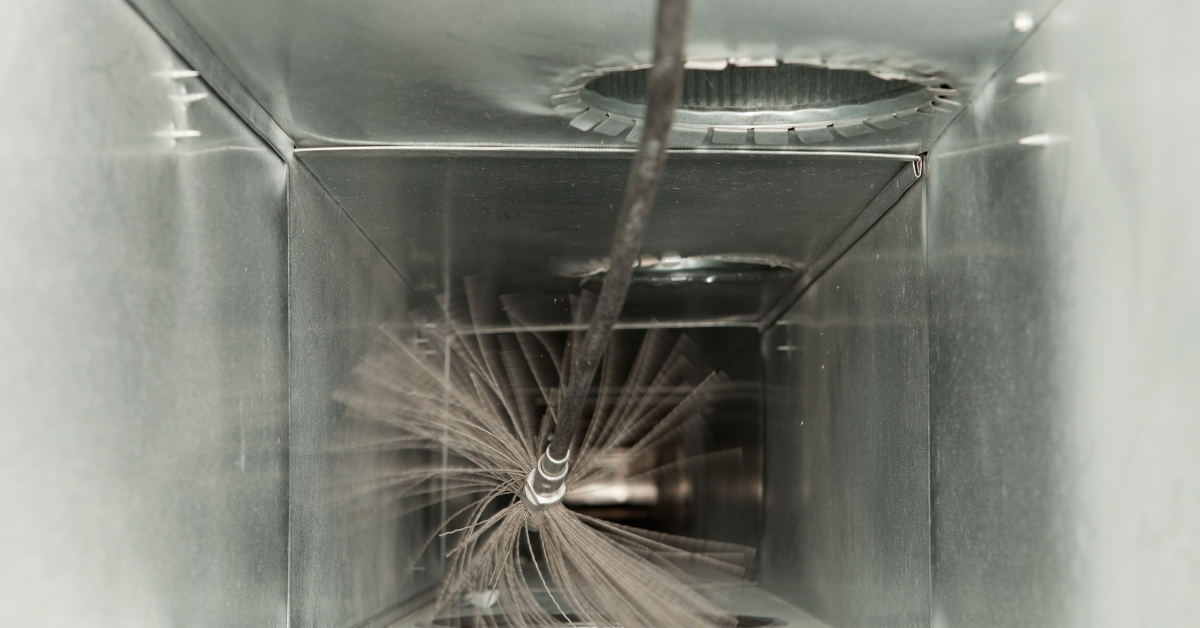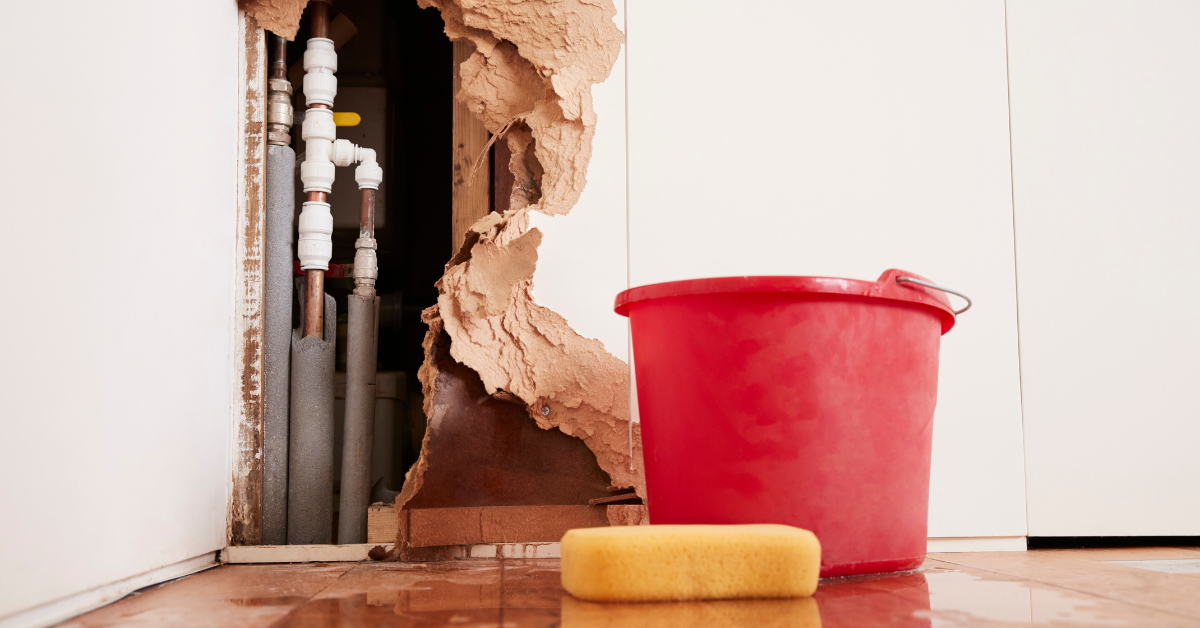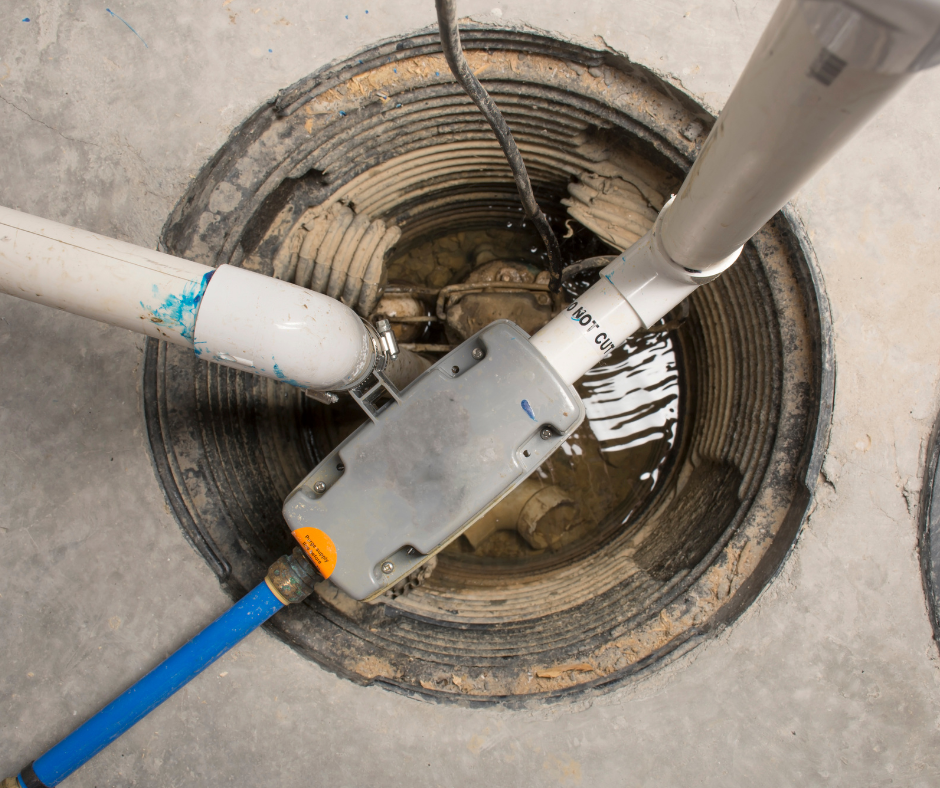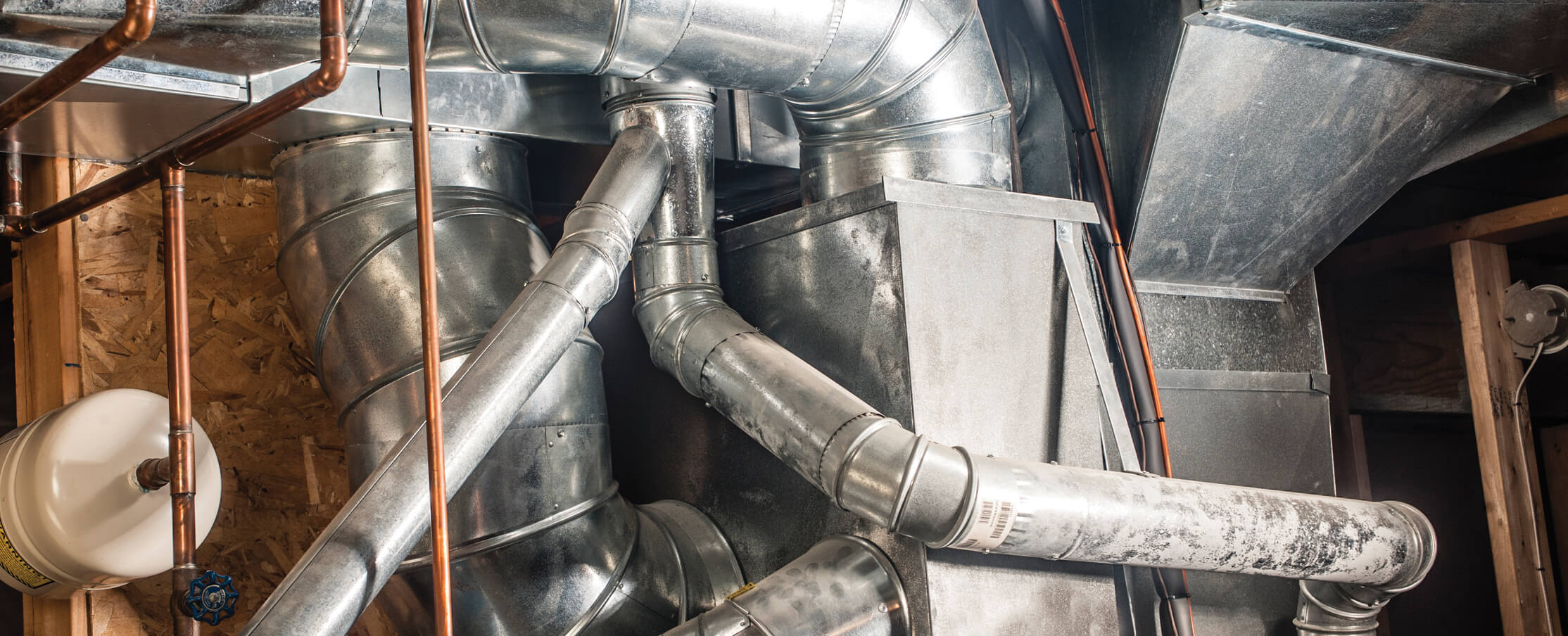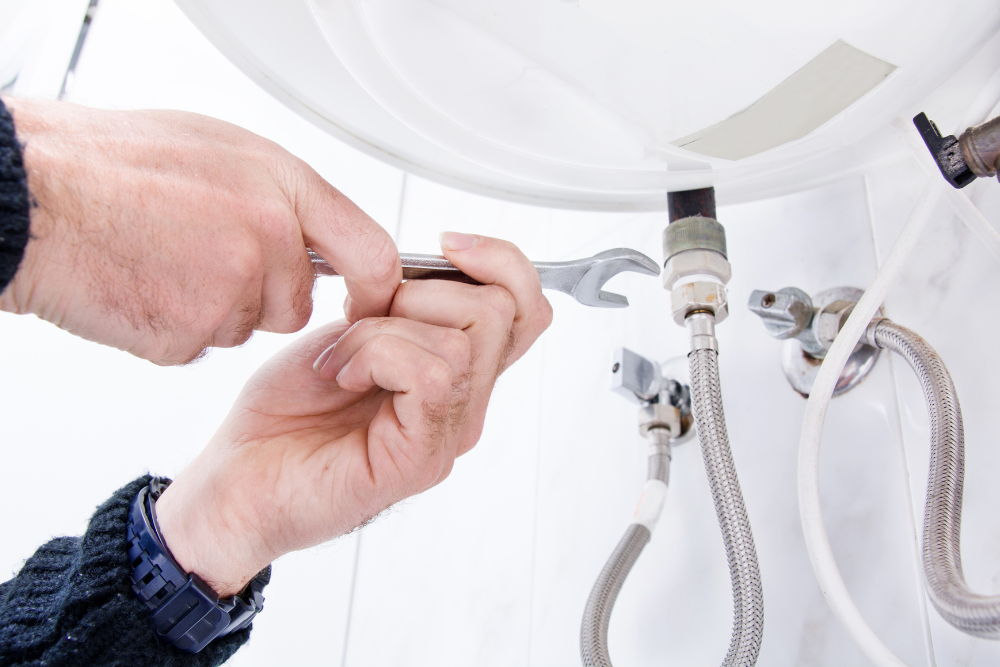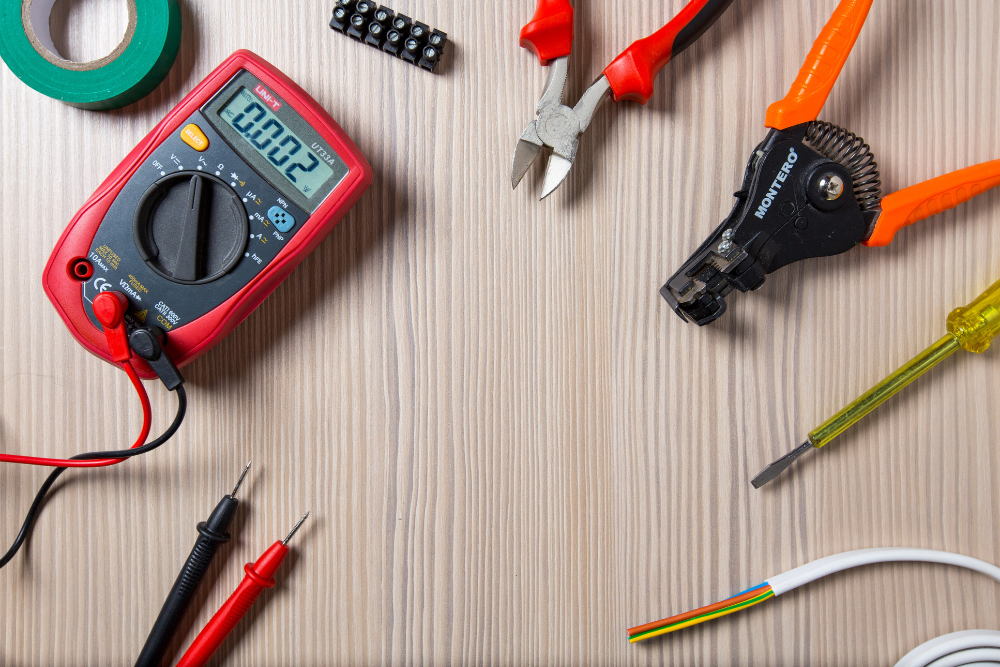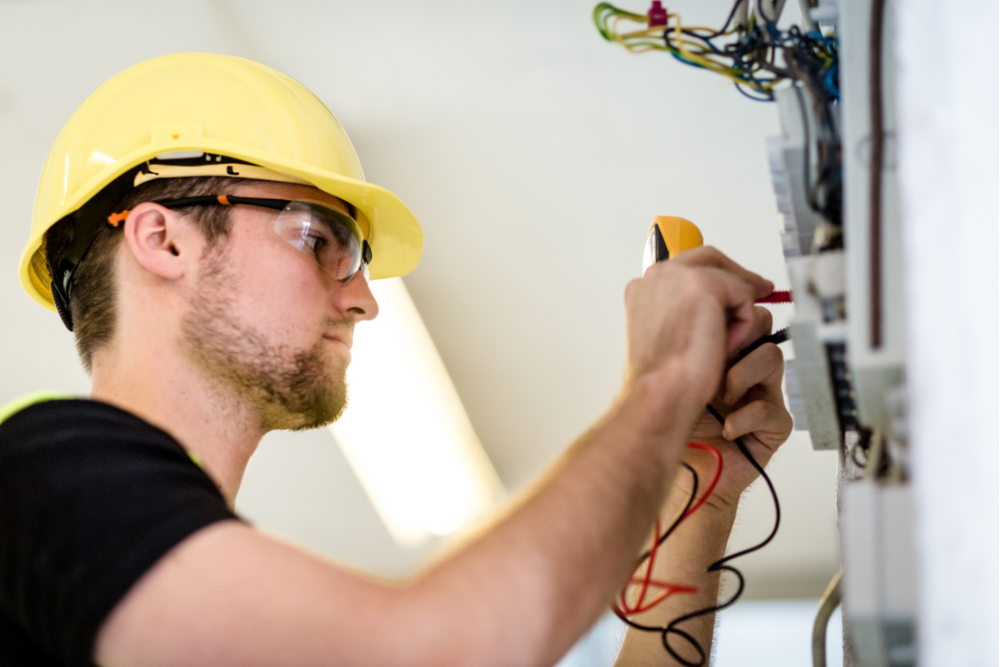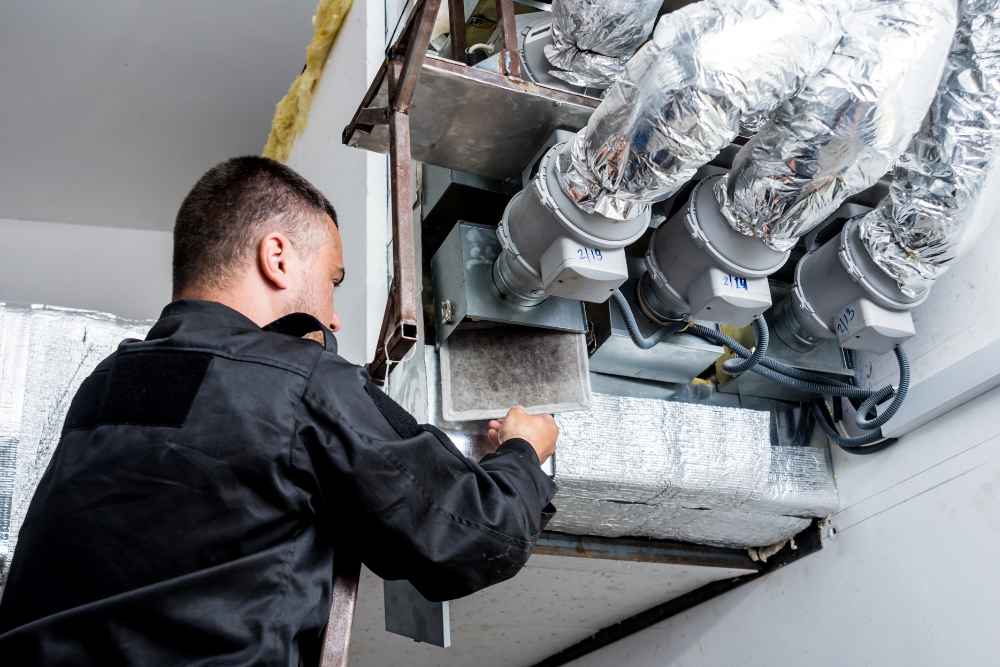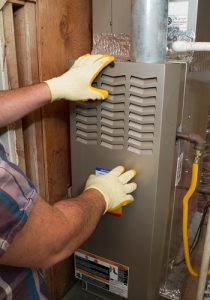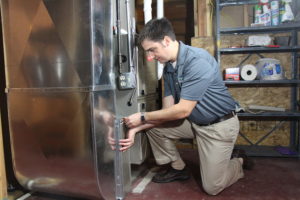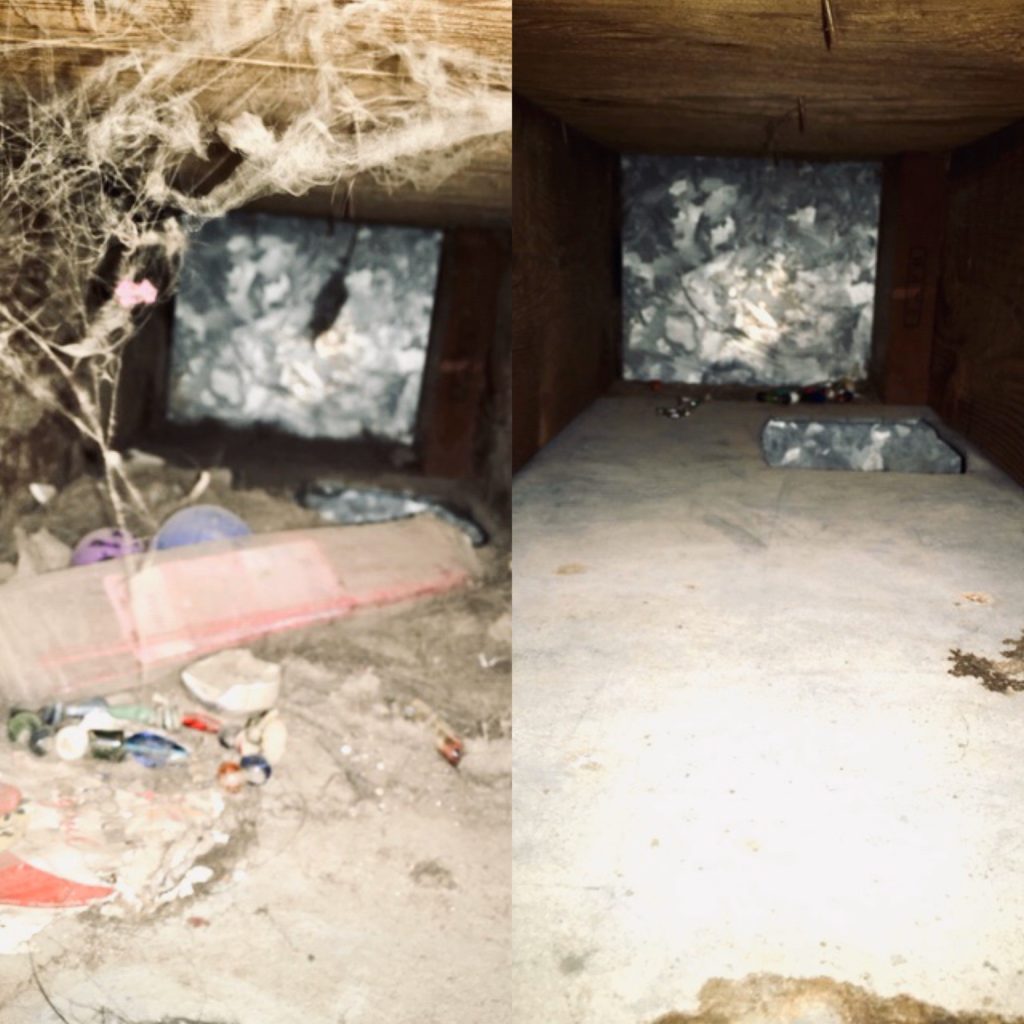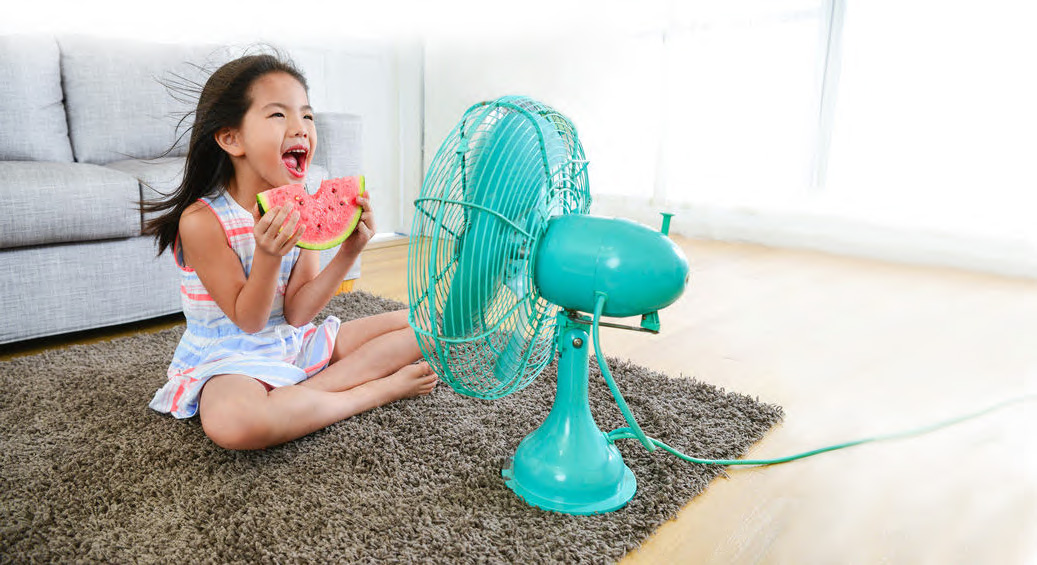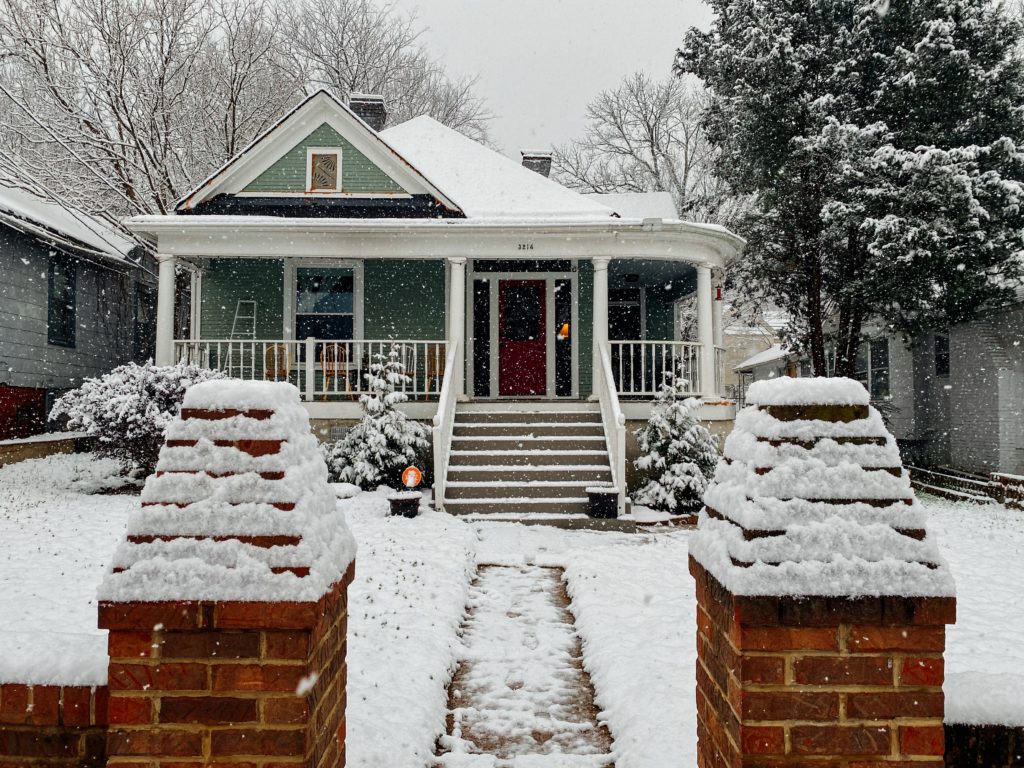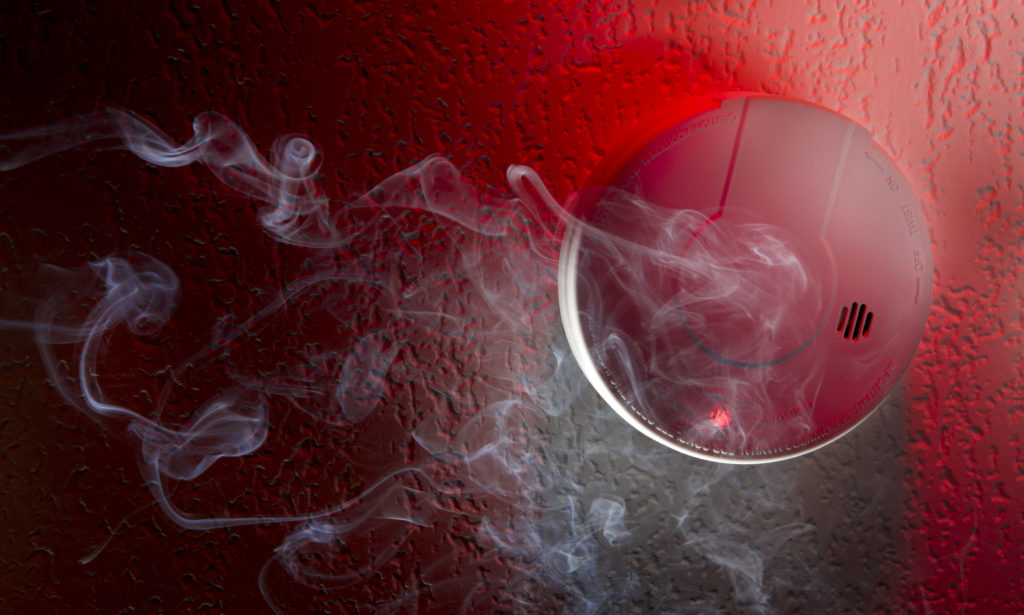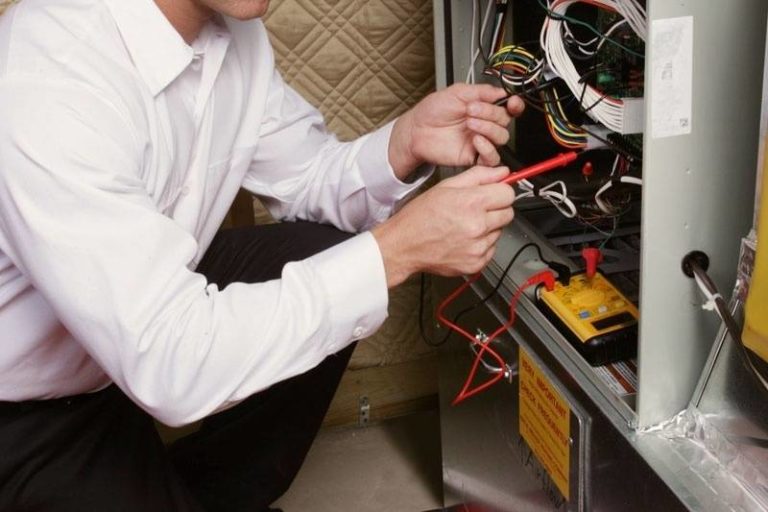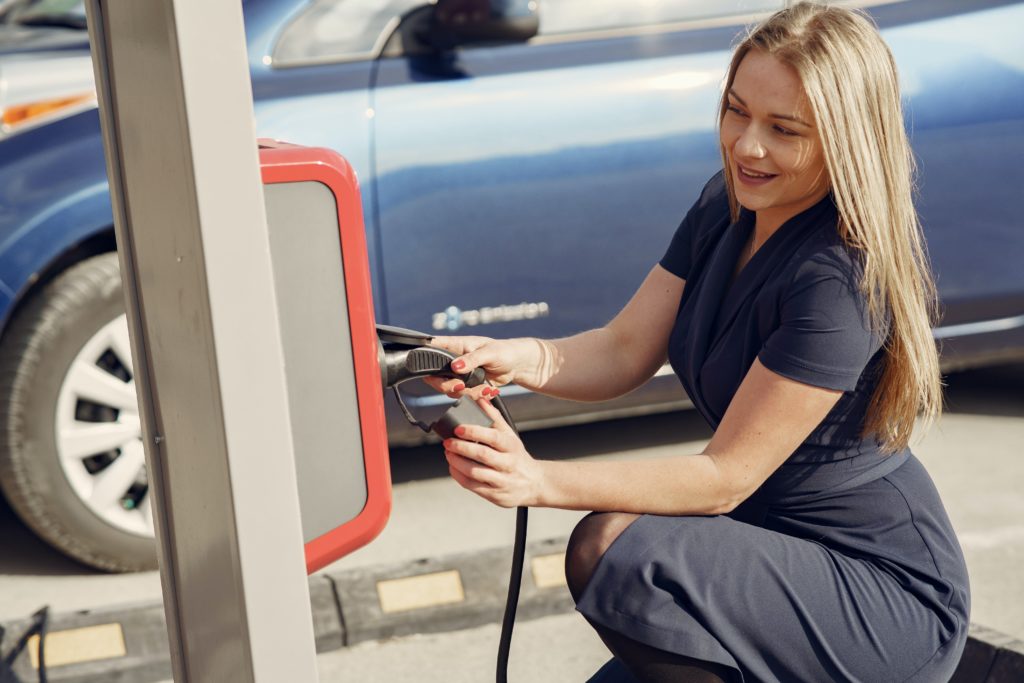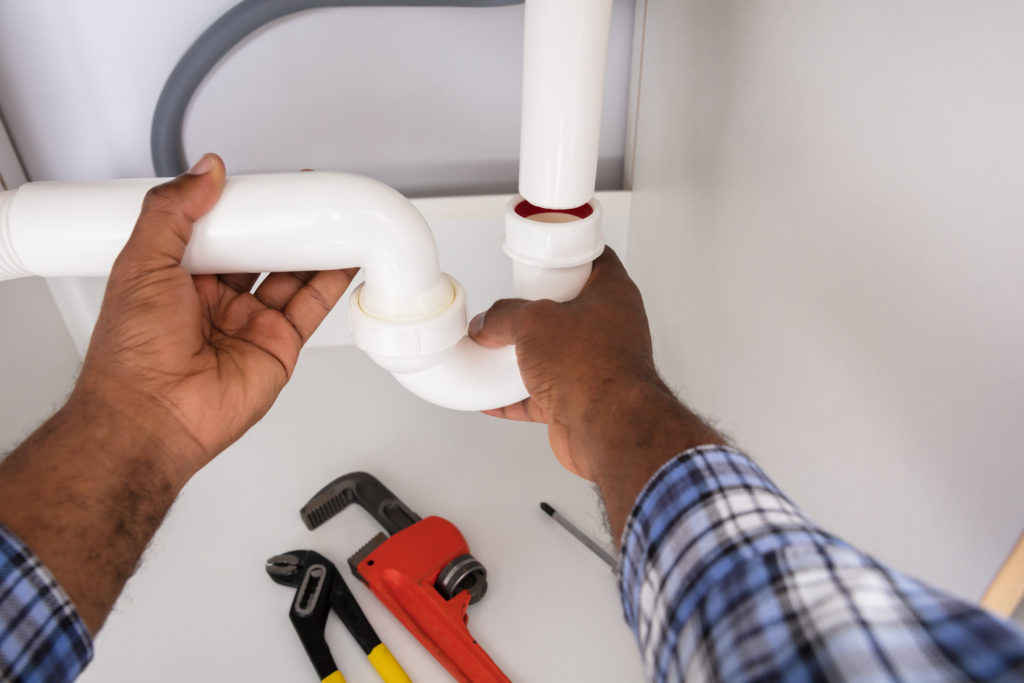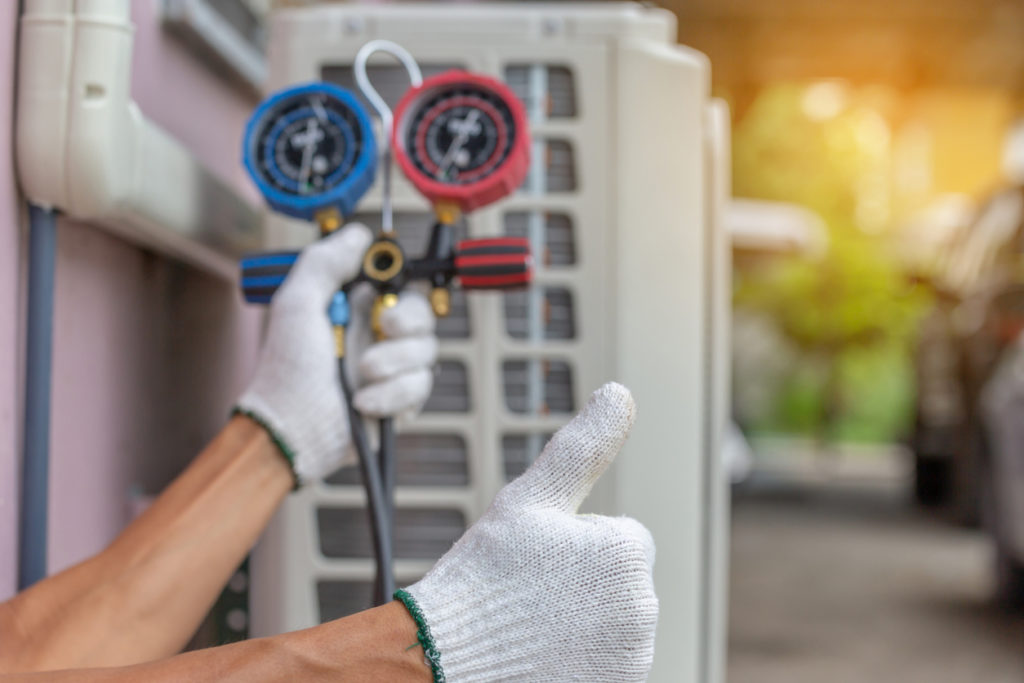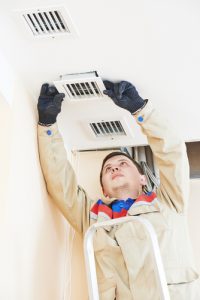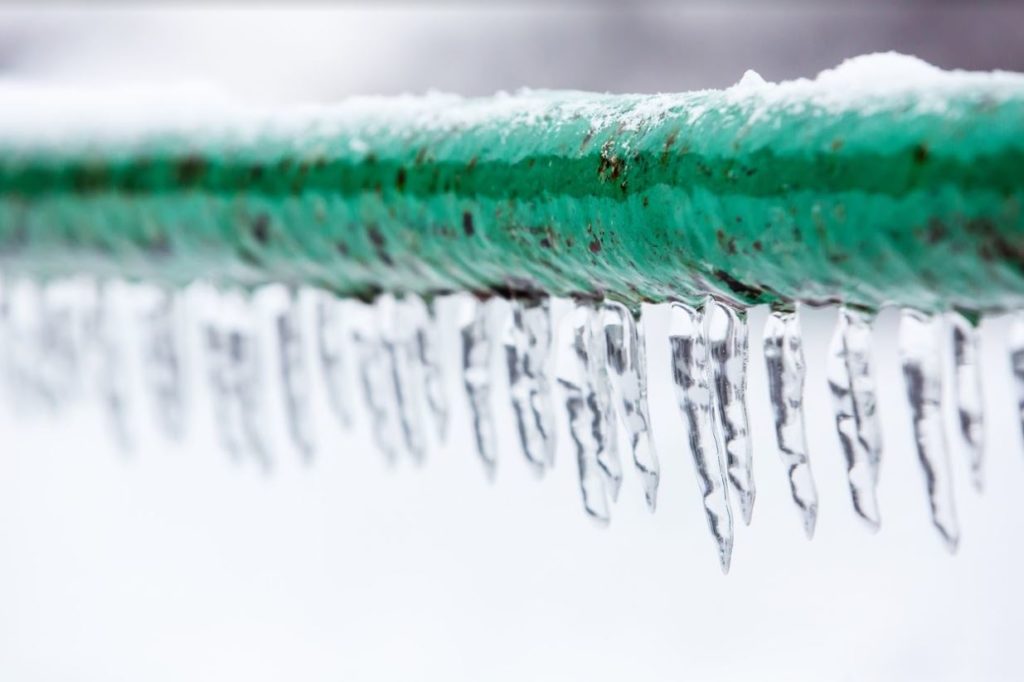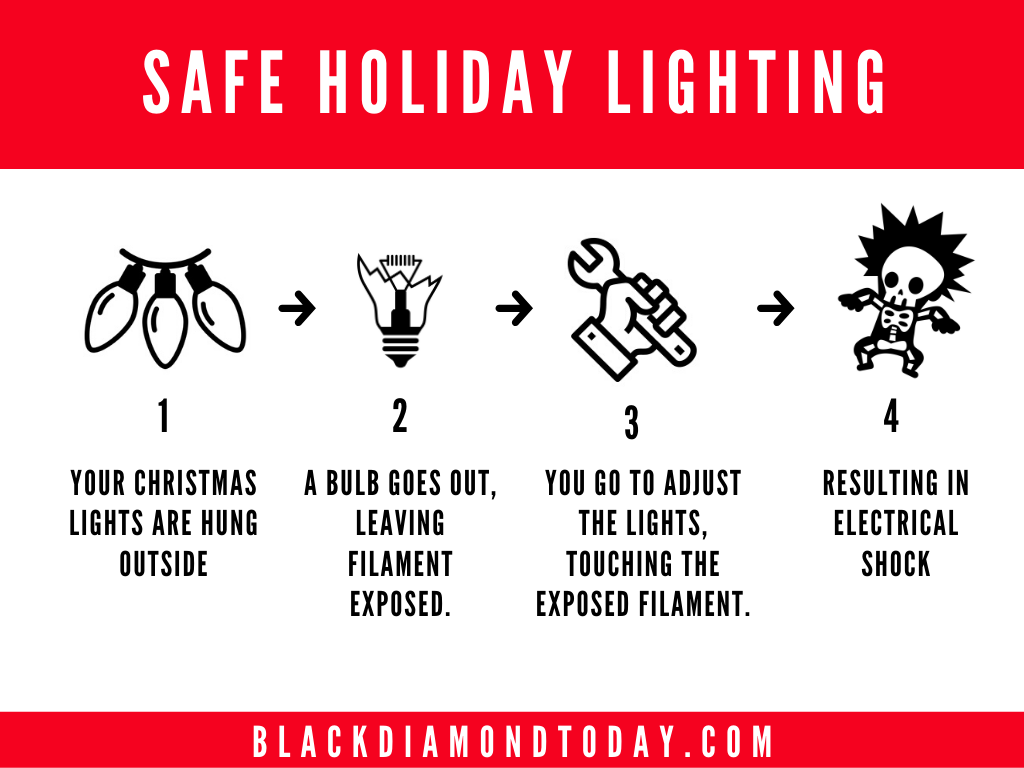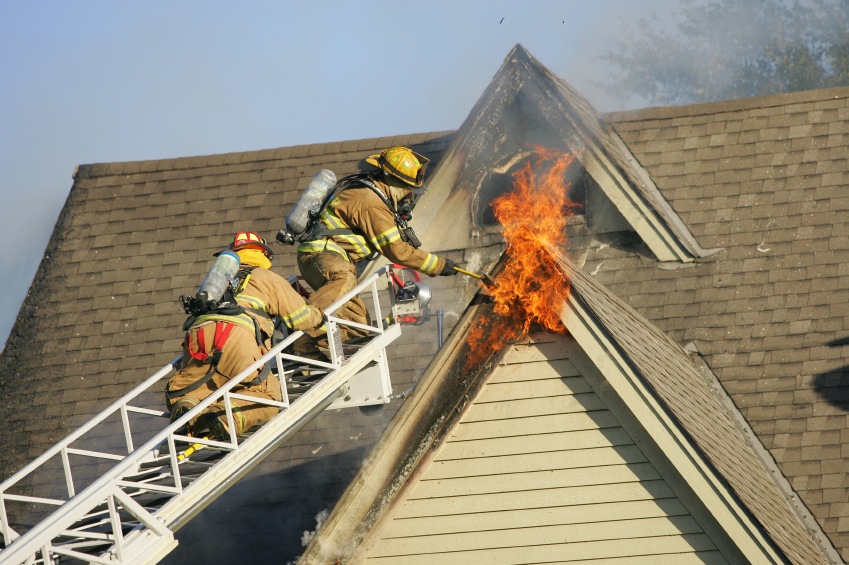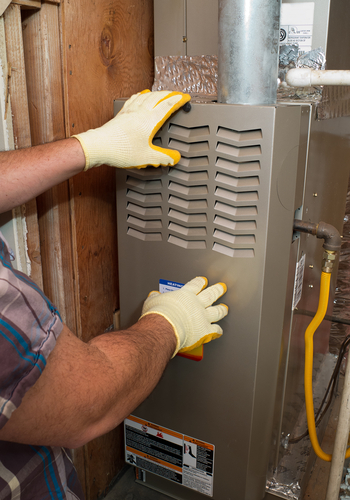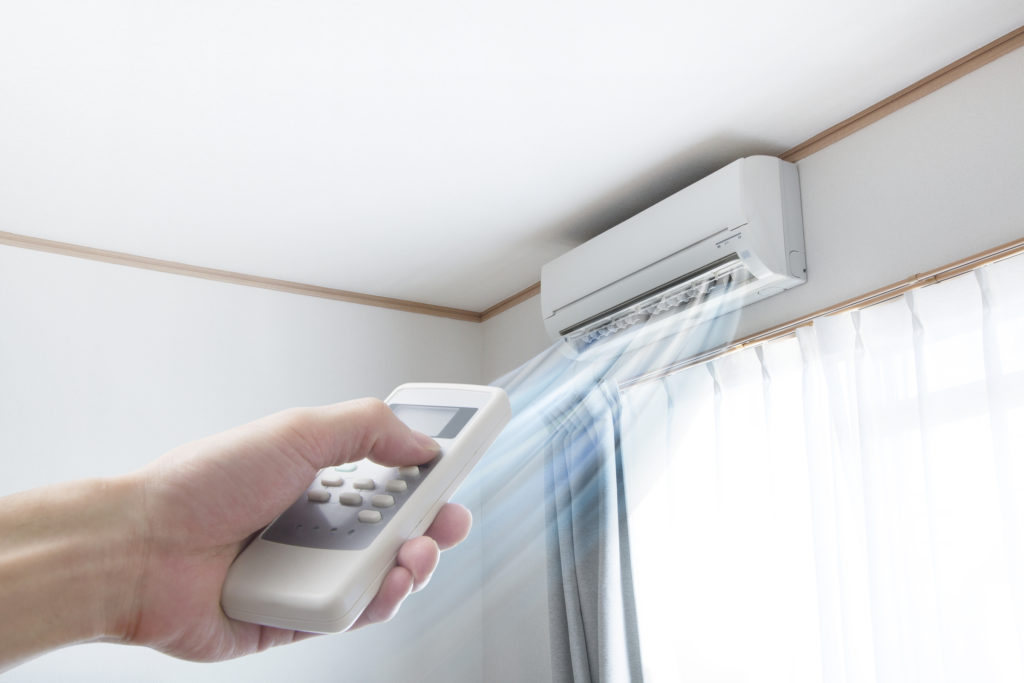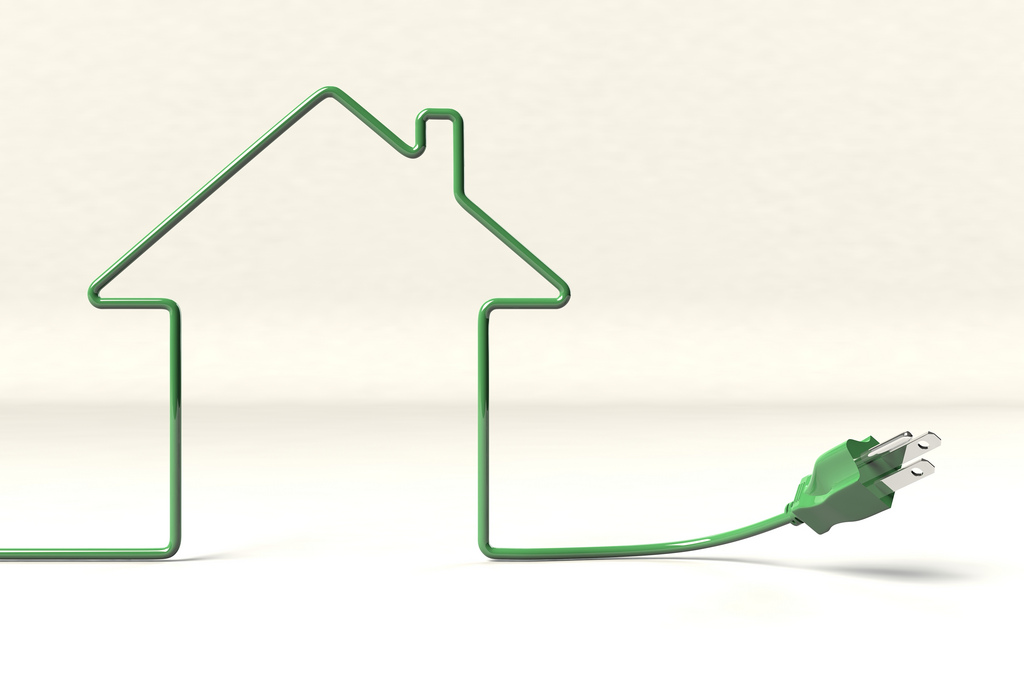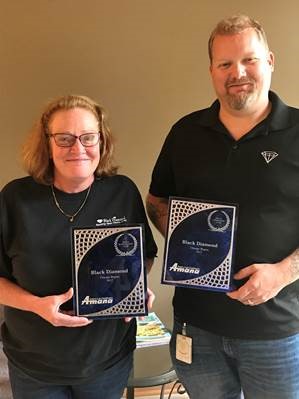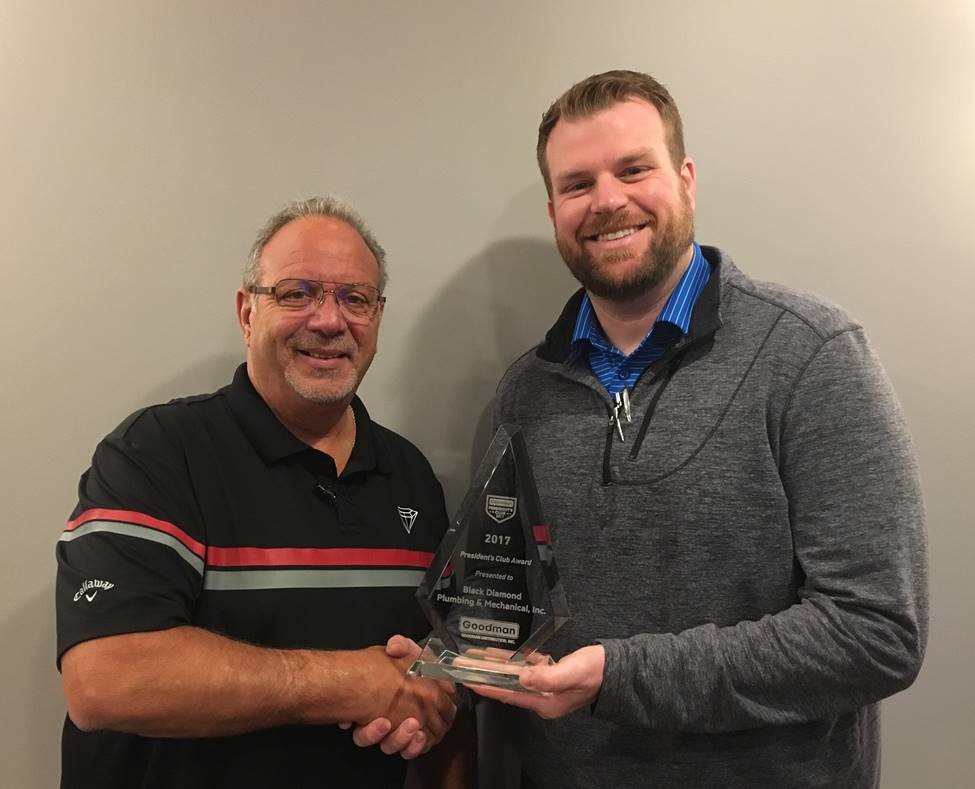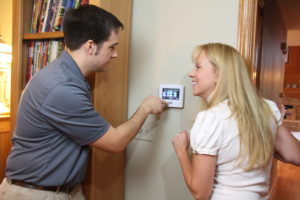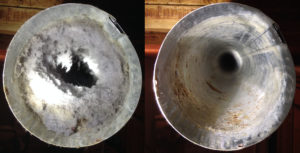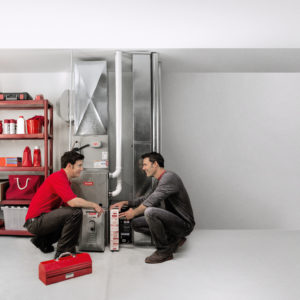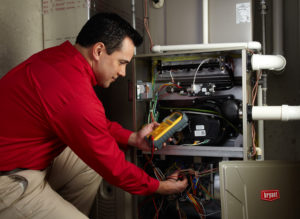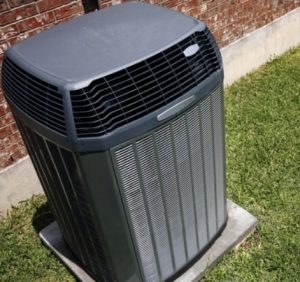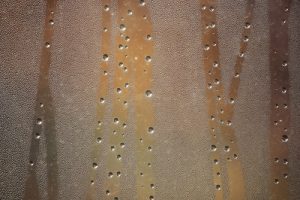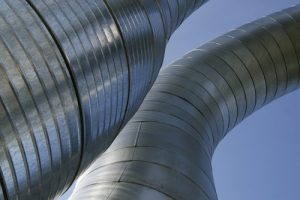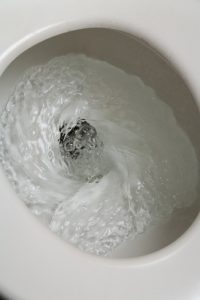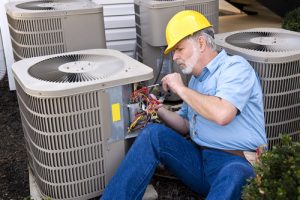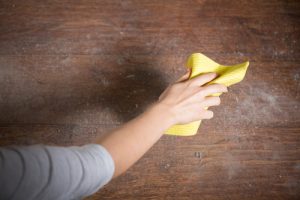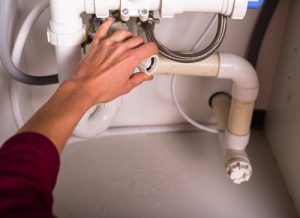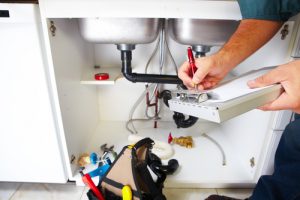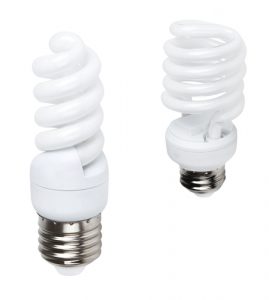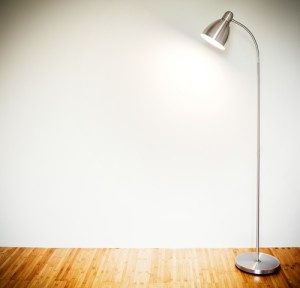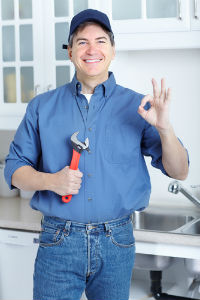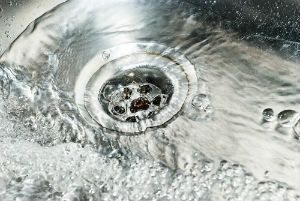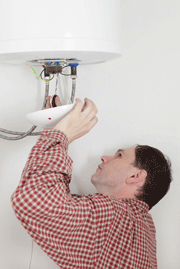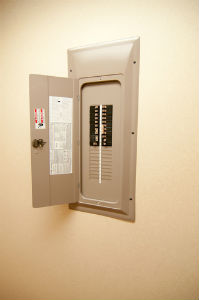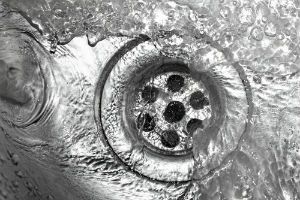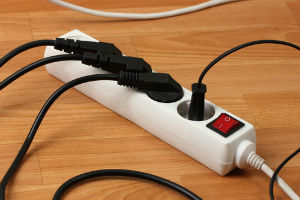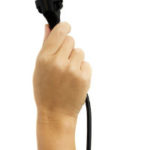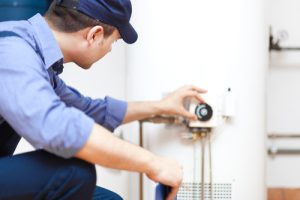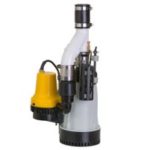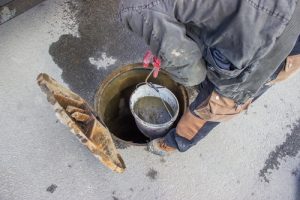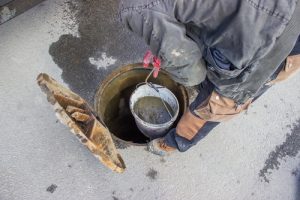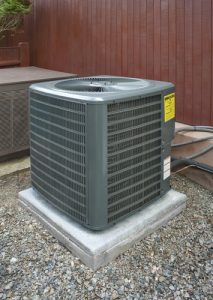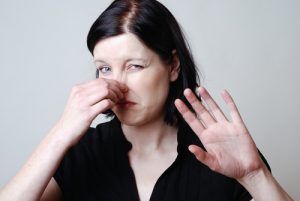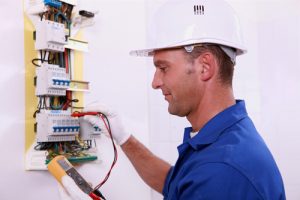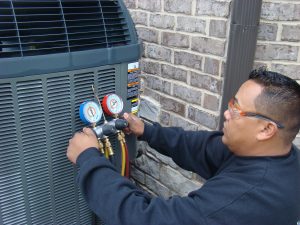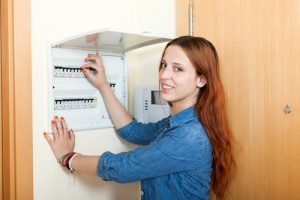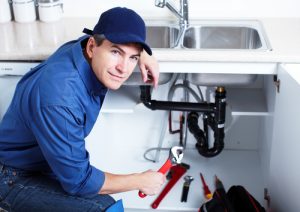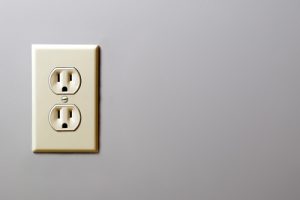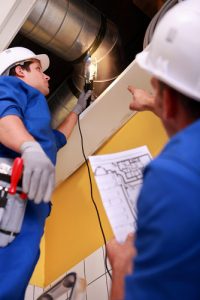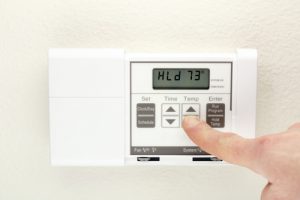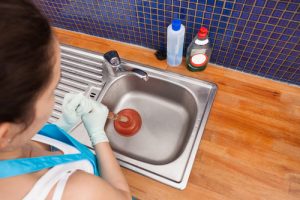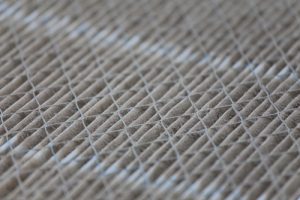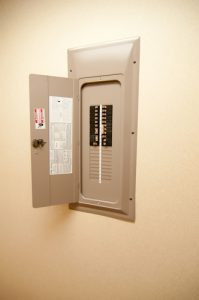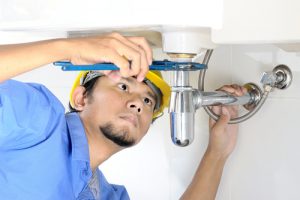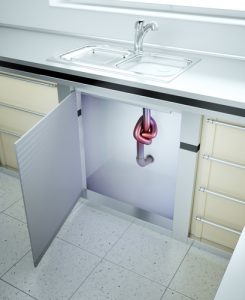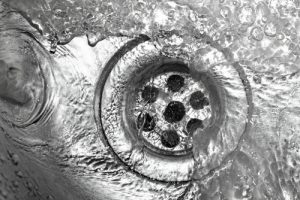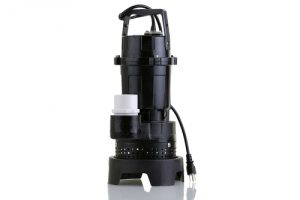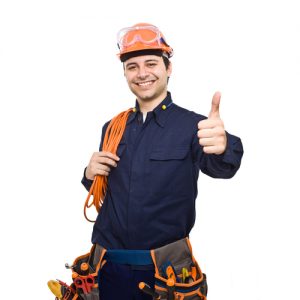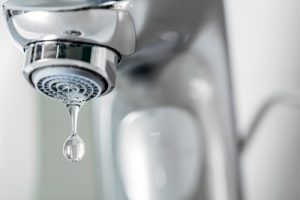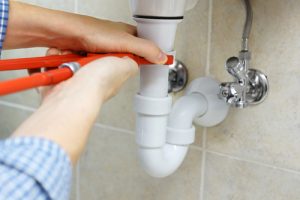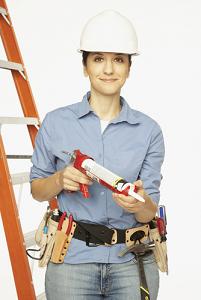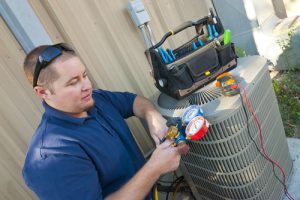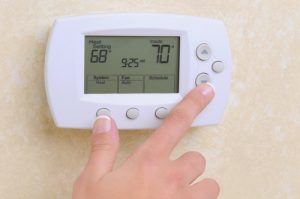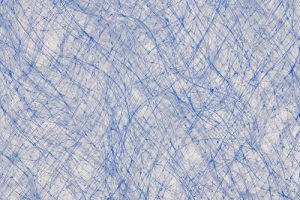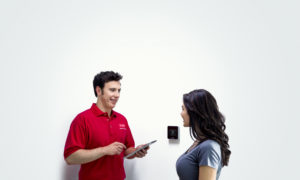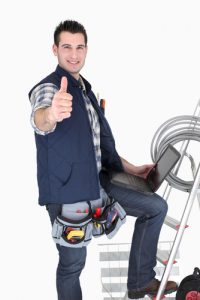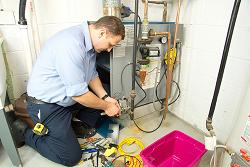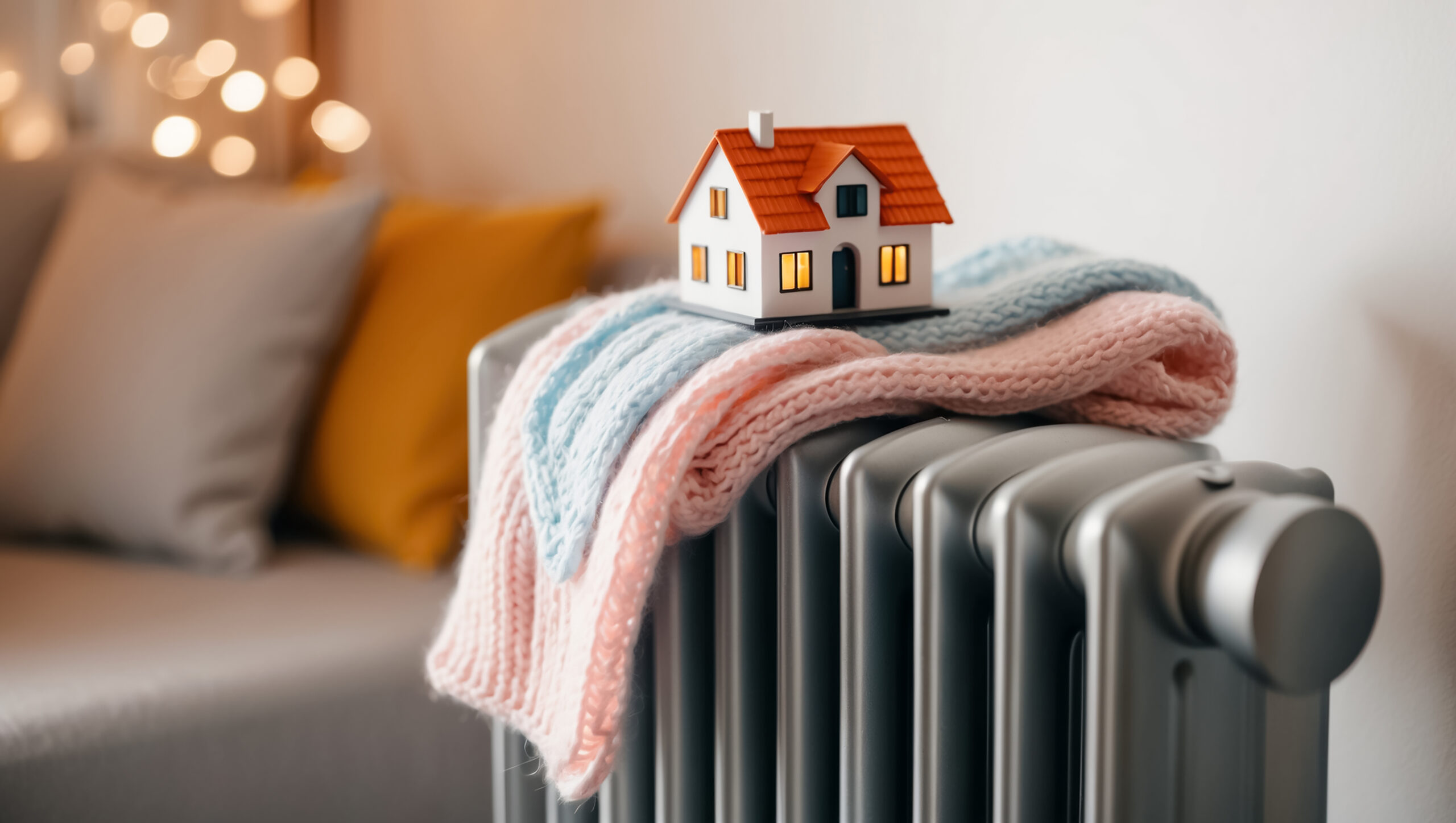Whole-House Air Cleaning: Why It’s the Best Approach to Better IAQ

Whole-house air cleaning is a little more involved than setting up a portable air purifier, but for good air quality in every room of your home, a whole-house air cleaning system is your best option.
If you’re looking to keep Chicagoland’s spring pollen, urban smog and other air contaminants out of your indoor air, there are several ways to do it. Once you know a little about the systems available, a heating and cooling professional can help you find and install the solution that’s ideal for you.
Flat-Panel Filters Provide Some Protection
Flat-panel filters are what your furnace air filter slot likely was designed to hold. By sticking with this design, you won’t need any modifications to your furnace and you’ll be able to change the filter by yourself. With these models, changing your air filter every one to three months is necessary to maintain your furnace’s energy efficiency.
These filters come in a range of efficiencies. To determine how efficient a filter is at capturing air contaminant particles, check its MERV (minimum efficiency reporting value) number. The higher the filter’s MERV, the more efficiently it works (meaning the smaller the particles it’s able to capture).
Low-efficiency filters – The cheapest filter you can find is the disposable 1-inch fiberglass model. These are designed to keep larger airborne debris particles from getting into your system’s motor and ductwork. They usually reach MERVs of between 1 to 4.
While they do a decent job at what they’re designed for, they do little to nothing to filter out the smaller contaminant particles, which are the ones that pose a threat to your health. If you want cleaner air, choose a filter in a higher efficiency range.
Medium-efficiency filters – Flat-panel filters in the 5 to 7 MERV range provide a better level of whole-house air cleaning for nearly the same price as the standard fiberglass models. These are often made of synthetic materials, such as polyester, rather than fiberglass. This gives them a greater density and, with it, an improved ability to trap more debris particles.
MERV 7 filters can capture up to 90 percent of certain types of smaller contaminants you might breathe in, including mold spores and particles from air fresheners and other sprays. They can’t stop bacteria and viruses, though. If no one in your household is dealing with a respiratory complaint, one of these filters may be just fine for your needs.
Extended Media Filters Give You Truly Cleaner Air
In homes where someone is managing a respiratory condition such as allergies, asthma or chronic obstructive pulmonary disease (COPD), it’s worth investing in a medium- to high-efficiency filter. Even if everyone in your family is healthy, a higher-efficiency filter is still a wise choice for protecting your family’s health.
Residential air filters with MERVs higher than 7 are usually extended media filters. This means they’re designed to fit an “extended” amount of filter material into a small space. The design gives them a higher density and greater surface area, which allows them to trap more particles of smaller sizes compared to lower-efficiency filters. They also last up to a year.
Pleated filters — In these filters, the material is folded into a series of pleats similar to a pleated curtain. Many pleated filters are manufactured in the same width as standard flat panel filters, so you can upgrade without calling in a professional.
With MERVs between 7 to 13, they work well for filtering out dust, dust mites, pollen, mold spores and other respiratory irritants. In fact, filters in this MERV range provide a level of whole-house air cleaning on par with true HEPA filters, experts from the Environmental Protection Agency (EPA) have noted.
Box filters – This type of filter looks like something you’d get if you stacked several flat filters together. They’re not only more denser than pleated filters, but also thicker.
They reach MERVs between 9 to 16, allowing them to stop bacteria in addition to other pollutants. They’re so effective, they’re commonly found in medical facilities.
For home use, however, there are a few problems. First, they’re too thick to slide into the standard furnace filter slot. If you want to install one, you’ll need to have a professional widen the slot. What’s more, their density slows down airflow so much it could damage the furnace blower motor. Your contractor may be able to adjust your motor to handle the greater airflow resistance or may suggest a different filtration option.
Bag filters – As the name suggests, these filters are made of a row of open-ended bags that expand when air flows through. You’ll find these in the same MERV range as box filters and, unfortunately, they come with the same concerns, so they’re not appropriate for every home system.
Electronic Air Cleaners Grab What Filters Can’t
Air filters are limited by their reliance on physical material to catch contaminant particles. Dense filters stop more contaminants, but they also may interfere with airflow and the operation of the heating and cooling system. If these filters were dense enough to trap the tiniest air contaminants, they would all but stop airflow.
Electronic air cleaners, however, can pick up the smallest particles because they use a different method of air purification: electrostatic attraction. It’s the same form of electric attraction that causes clothes to stick together in the clothes drier. This whole-house air cleaning system moves air through several components:
- Pre-filter – Your blower fan draws your home’s air into the air cleaner. The air passes first through a pre-filter that takes out all the larger debris such as dust and pet hair.
- Ionization chamber – The air is then drawn into a chamber containing electrodes that impart the remaining debris particles with an electric charge. The charge may be negative or positive, depending on how the model is designed.
- Collection chamber – In this section, the air containing charged particles passes by metal plates that hold an electric charge opposite theirs. Just like clothes in the drier, objects with opposite charges are drawn to each other. The tiny charged contaminant particles are drawn to the metal plates and stick there.
- Ductwork – The now-purified air flows into your air ducts and out to your rooms.
UVGI Air Cleaners Zap Germs
It’s well known that strong sunlight can kill infectious bacteria and mold spores. This effect is due in part to sunlight’s ultraviolet (UV) rays. These rays break apart the microbes’ DNA so they can’t reproduce.
Ultraviolet germicidal irradiation (UVGI) air cleaners improve your indoor air quality in essentially the same way. The air cleaner’s main component is a UV lamp installed in your heating and cooling system. This lamp shines UV rays into the air passing through, damaging any microbes present.
Depending on the type of microbe and the strength of the lamp, the microbes may need to make several passes through before they’re neutralized. Over time, however, their numbers gradually drop.
UVGI systems are designed to reduce certain biological contaminants, including bacteria, viruses and mold spores, but they don’t affect other particles, such as dust and pollen. For that, you’ll still need a medium- to high-efficiency filter. If your goal is to reduce the amount of contagious microbes in your home’s air, however, a UVGI air purifier is worth considering.
Other Whole-House Air Cleaning Options
Filters, electronic air cleaners and UVGI air cleaners are the most commonly used whole-house air cleaning devices, but they’re not your only options. For certain types of pollutants, another type of air purifier may do a better job of cleaning your air than the standard options.
Gas-phase air filters – Furniture varnish, paint, carpeting and many other household materials give off toxic fumes known as volatile organic compounds (VOCs). Cooking, tobacco smoke and car exhaust that seeps in from outdoors also contribute to the level of VOCs in your home. A gas-phase air filter uses absorbent material such as activated carbon to draw these compounds out of the air. This type of filter may be useful if you live in a newly built or recently renovated home.
Photocatalytic oxidation (PCO) air cleaners – This air purifier also cleans the air of VOCs. Inside the air cleaner is a UV lamp that shines on a titanium dioxide-based catalyst. The reaction between the two neutralizes air pollutants. PCO systems may be somewhat more energy efficient than gas-phase filters.
Ozone generators – The ozone gas produced by these systems destroys gaseous and biological pollutants, reducing the germ load in the air and eliminating bad odors. Ozone is a lung irritant, however, and the amount of ozone needed to be effective is a potential health hazard. For this reason, these devises are used primarily by cleaning professionals.
Whether you need whole-house air cleaning for fresher air every day or your home has a specific pollutant or odor problem, we can help. Please contact us at Black Diamond Plumbing & Mechanical for professional advice on keeping your indoor air pure and healthy.
Written by Rick Sperando
Image via Shutterstock.
Recent Posts
Request Service
Please fill out the form and we will get in touch with you shortly. We look forward to serving you!
Request Service
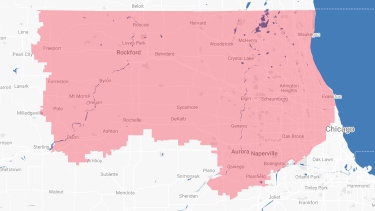
Proudly Serving
The Chicagoland AreaAddison | Algonquin | Antioch | Arlington Heights | Aurora | Barrington | Bartlett | Batavia | Beloit | Belvidere | Bensenville | Bloomingdale | Bolingbrook | Buffalo Grove | Byron | Caledonia | Capron | Carol Stream | And Much More!
VIew ALL

